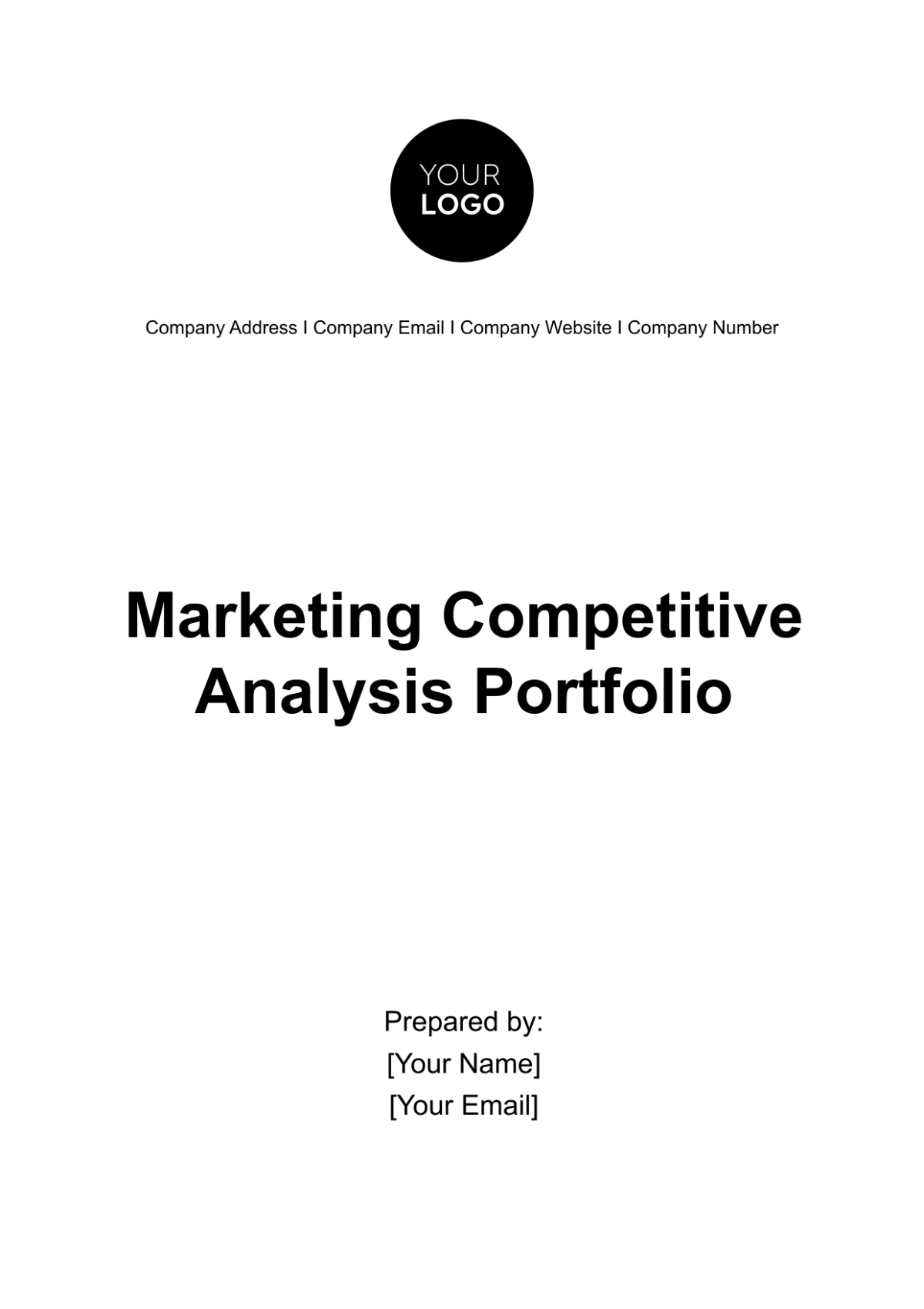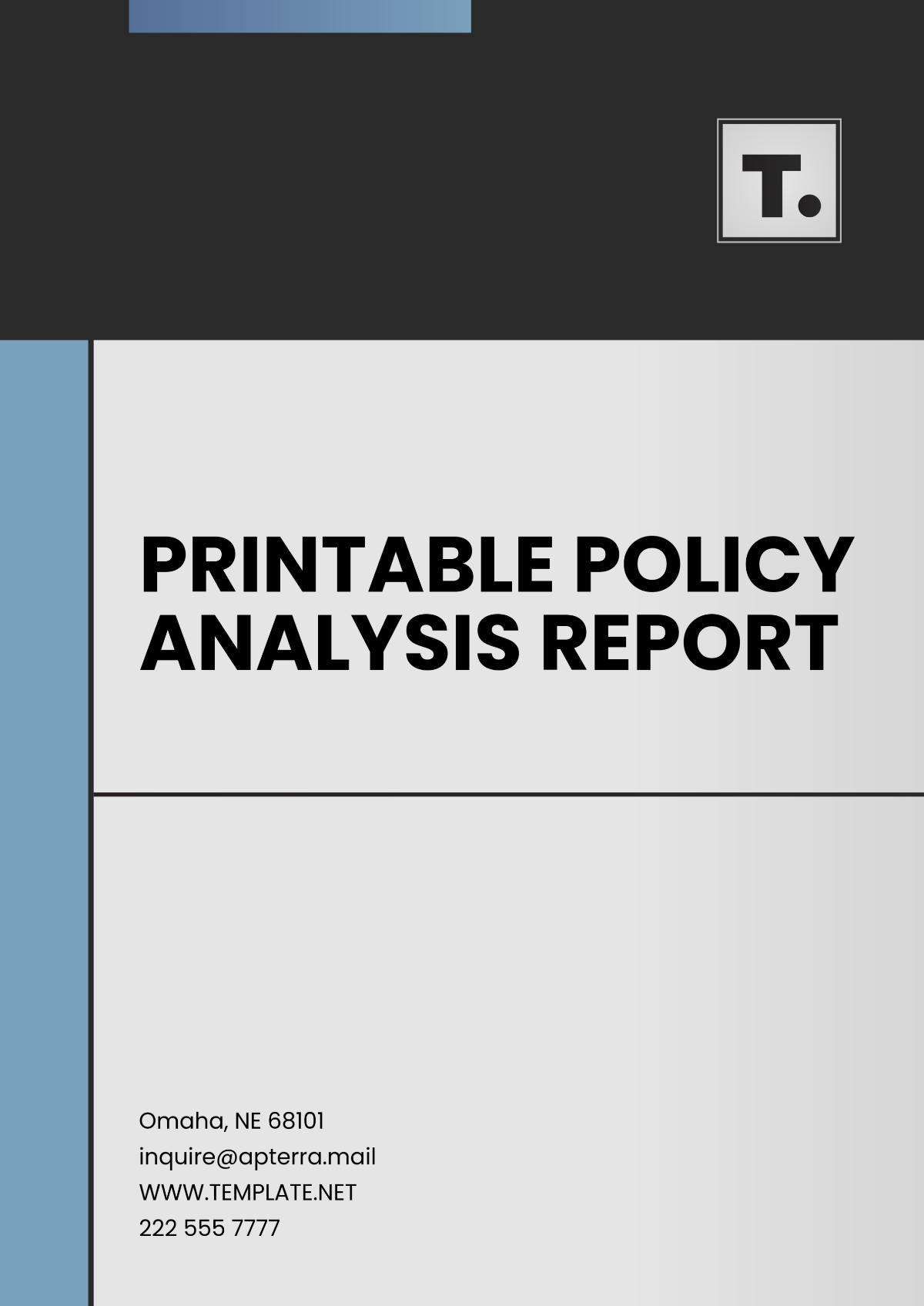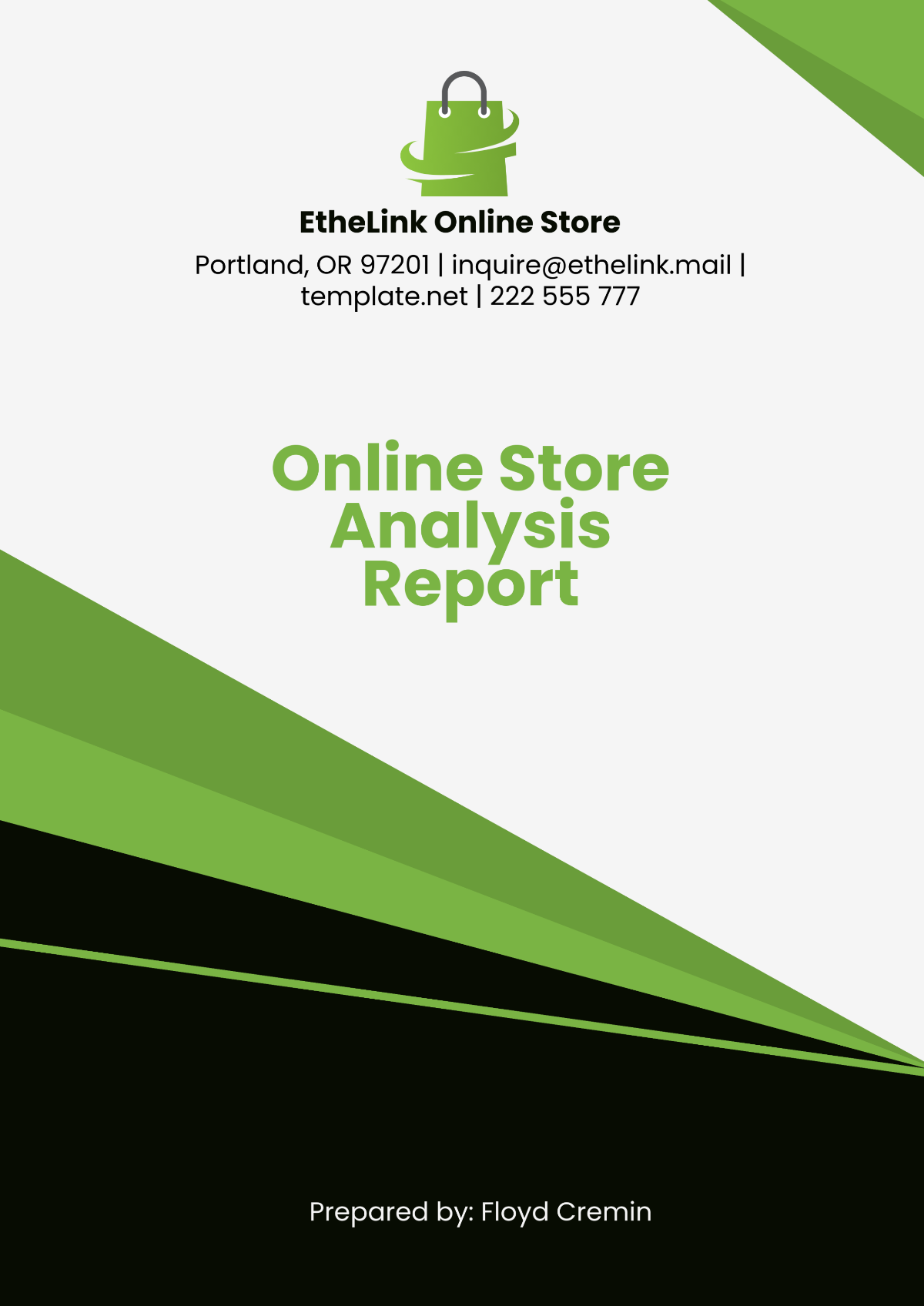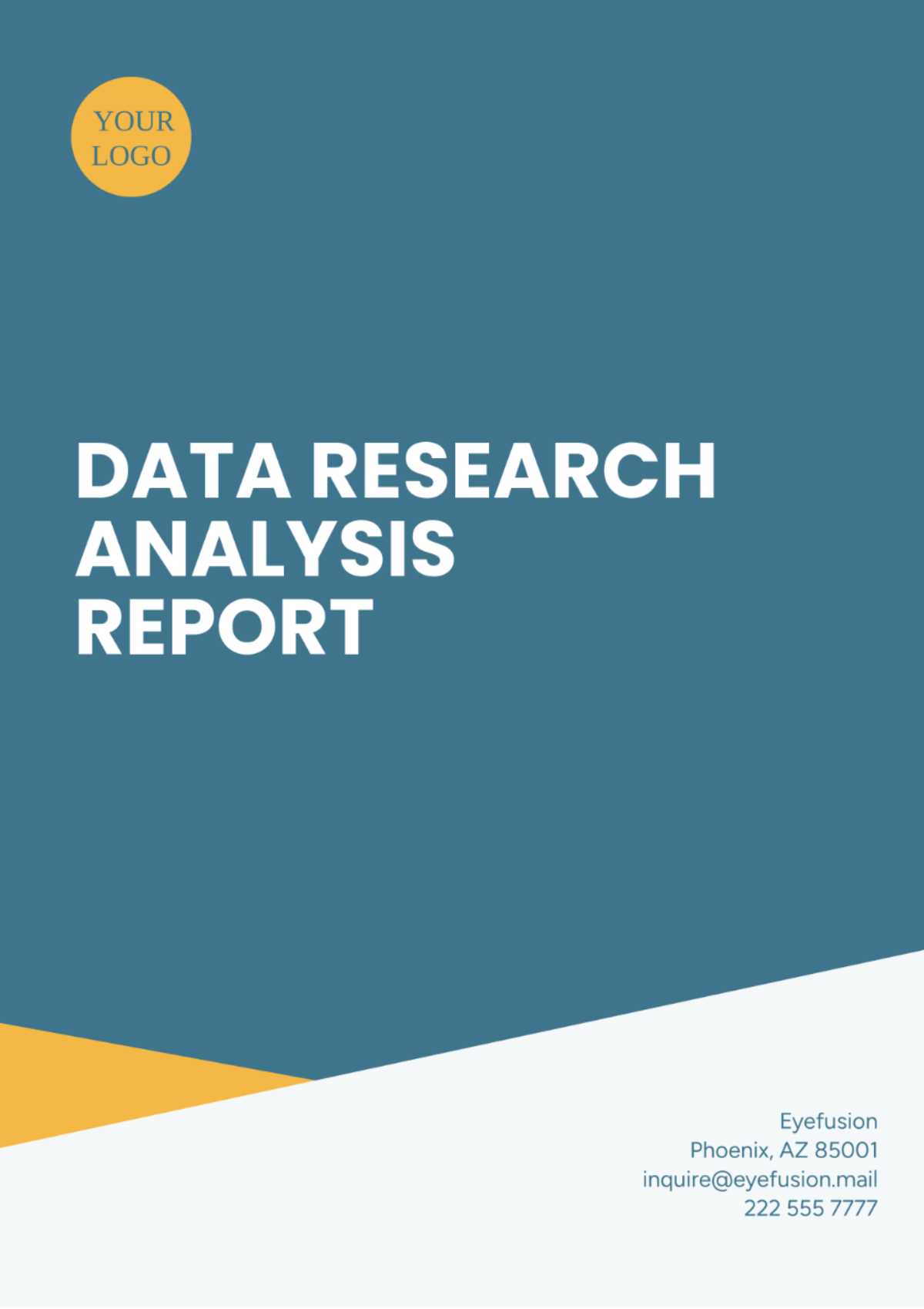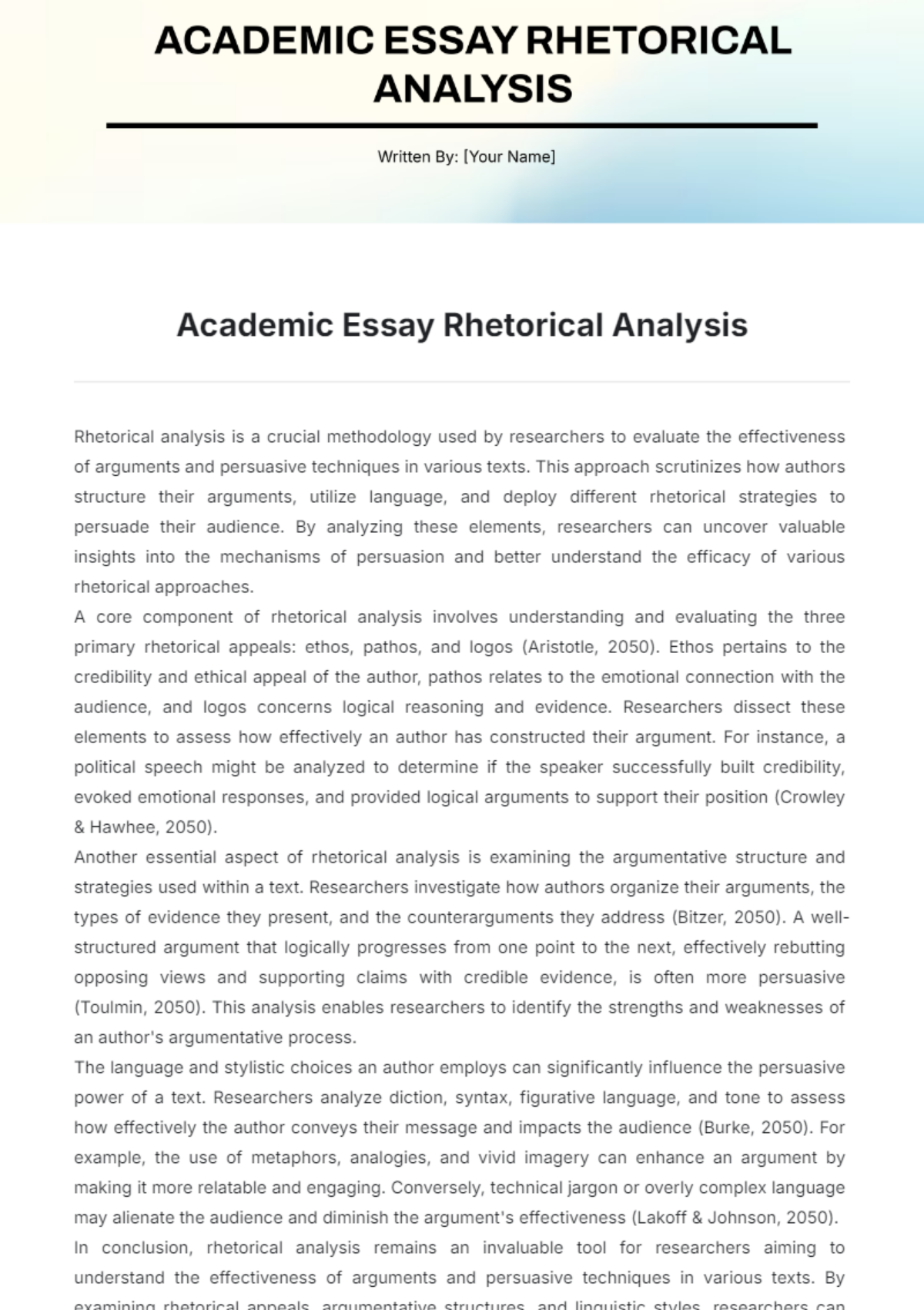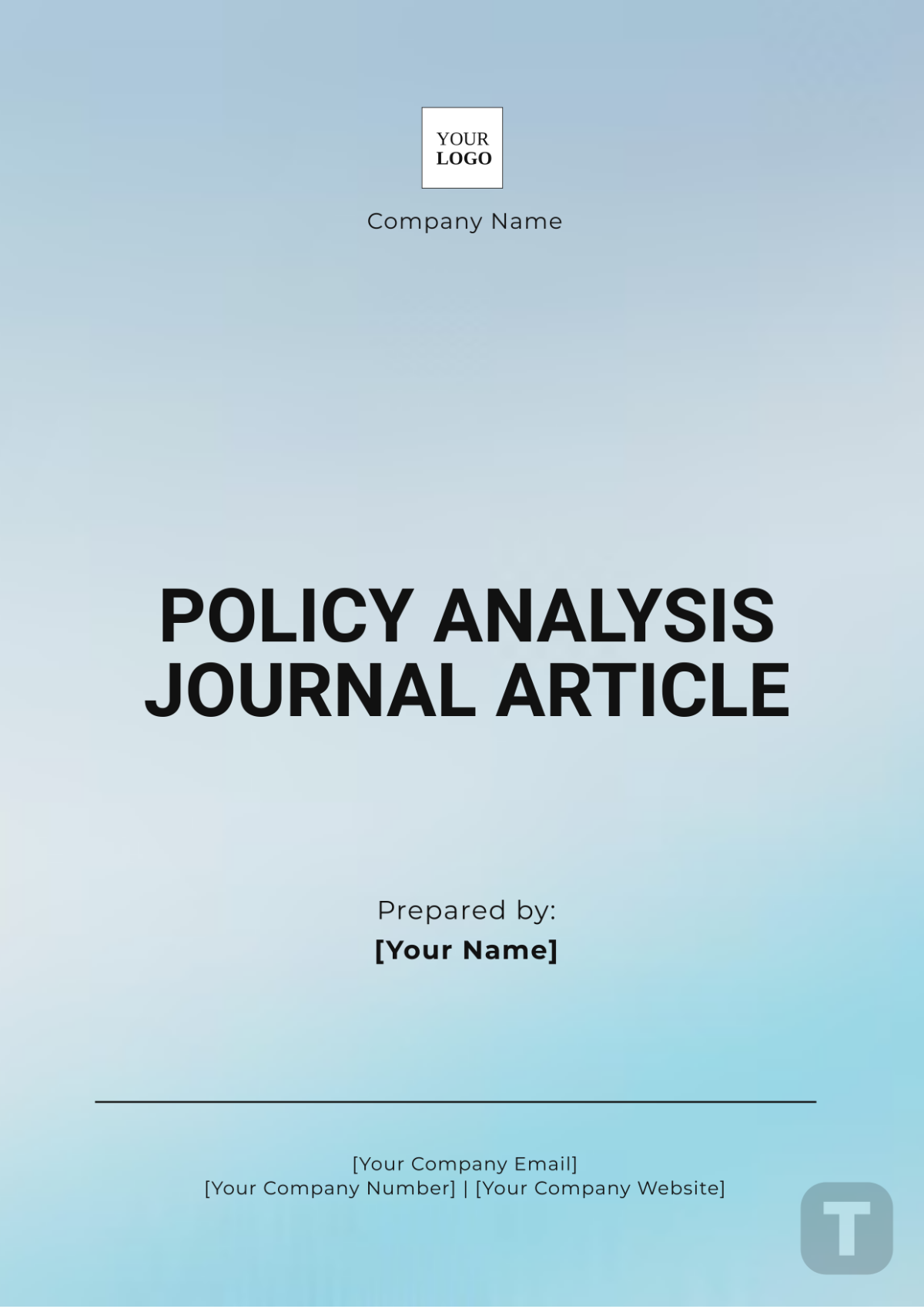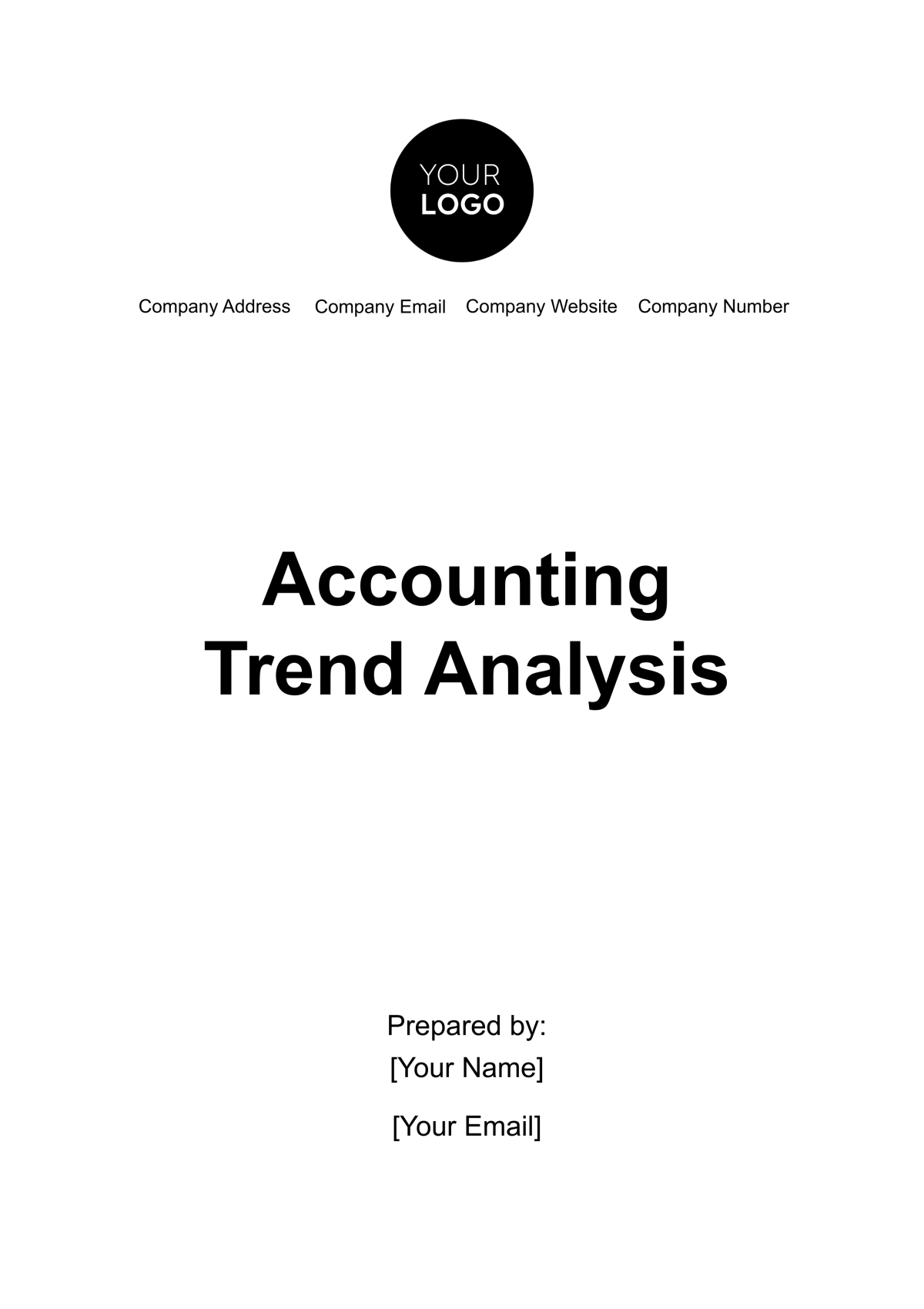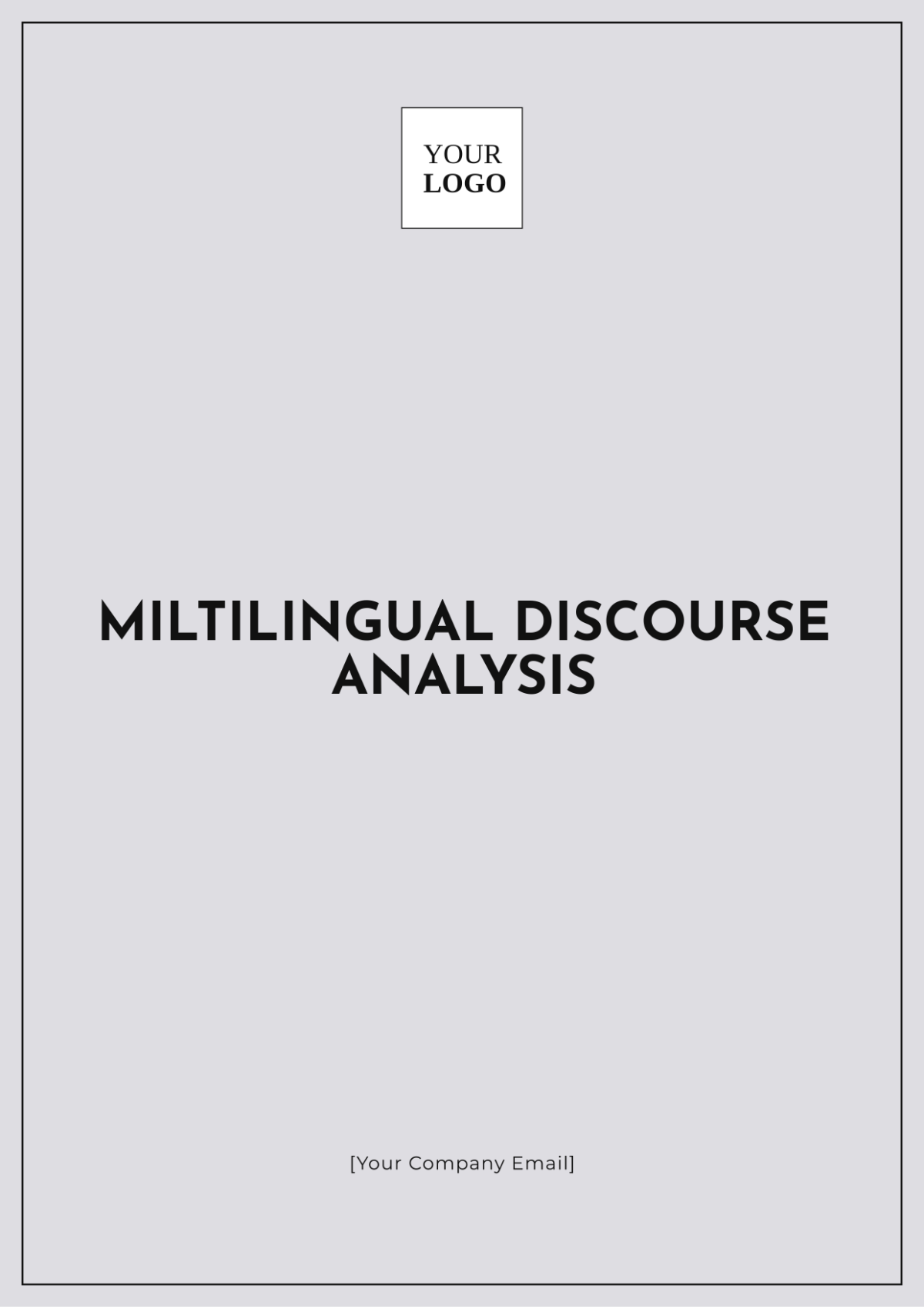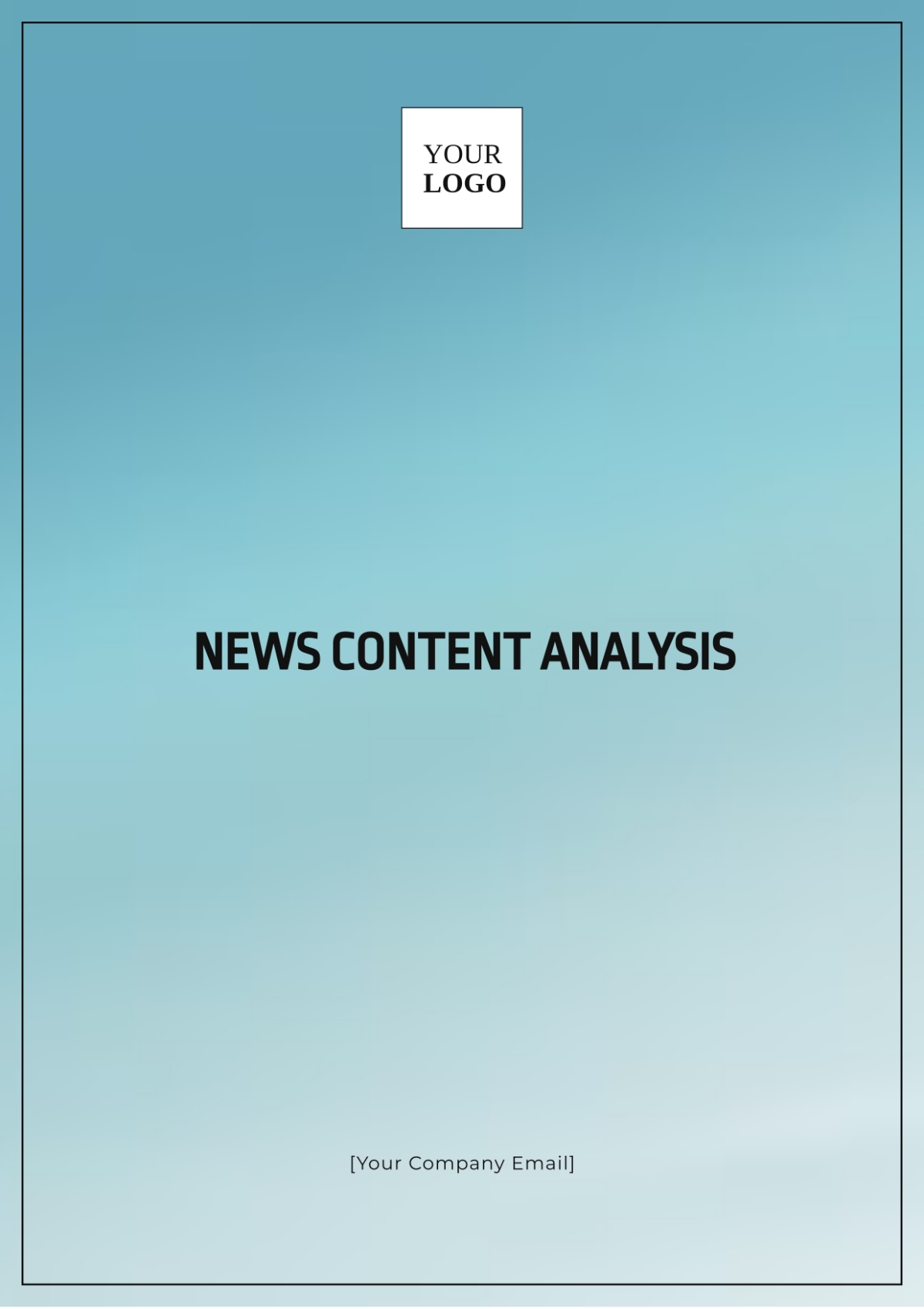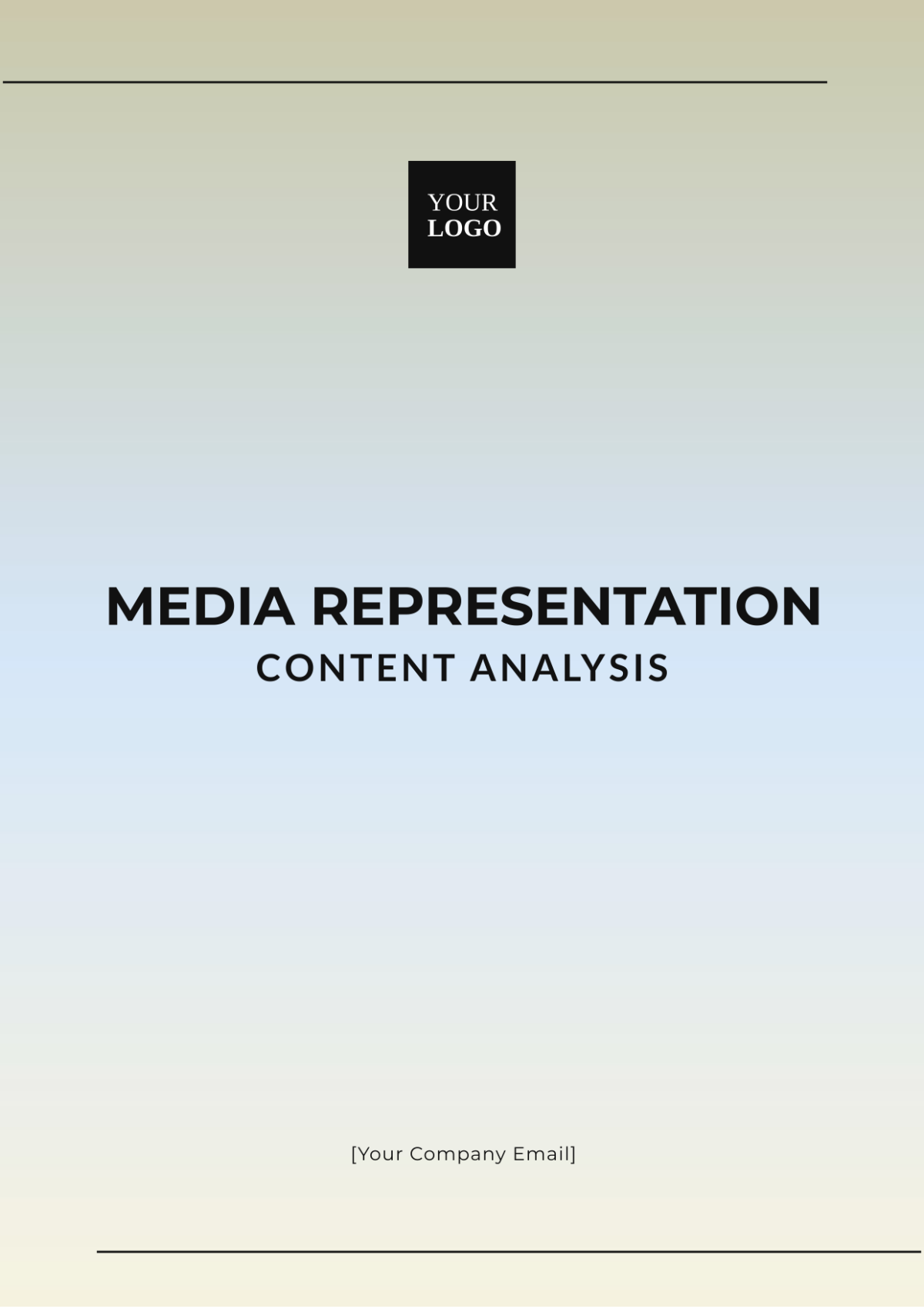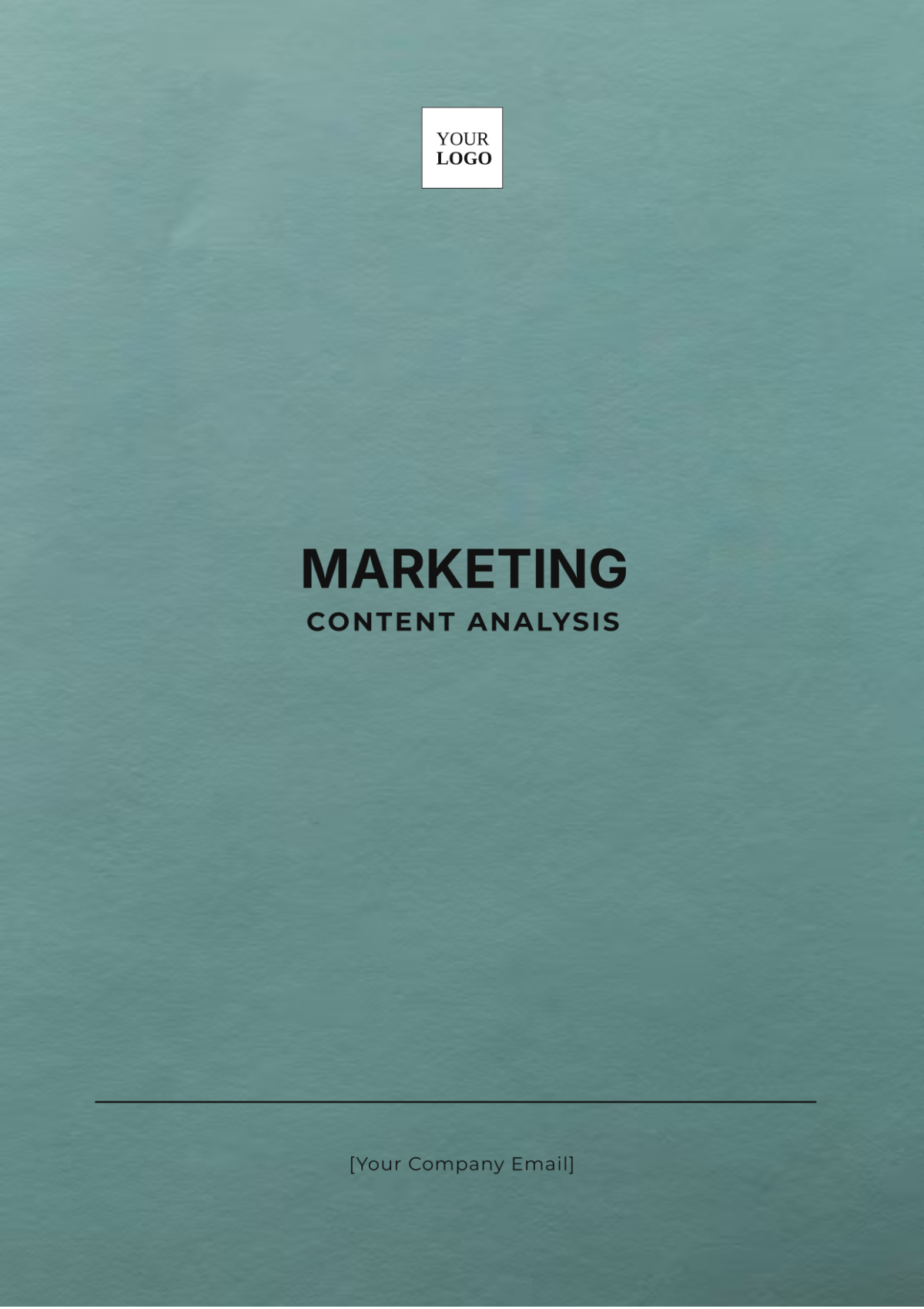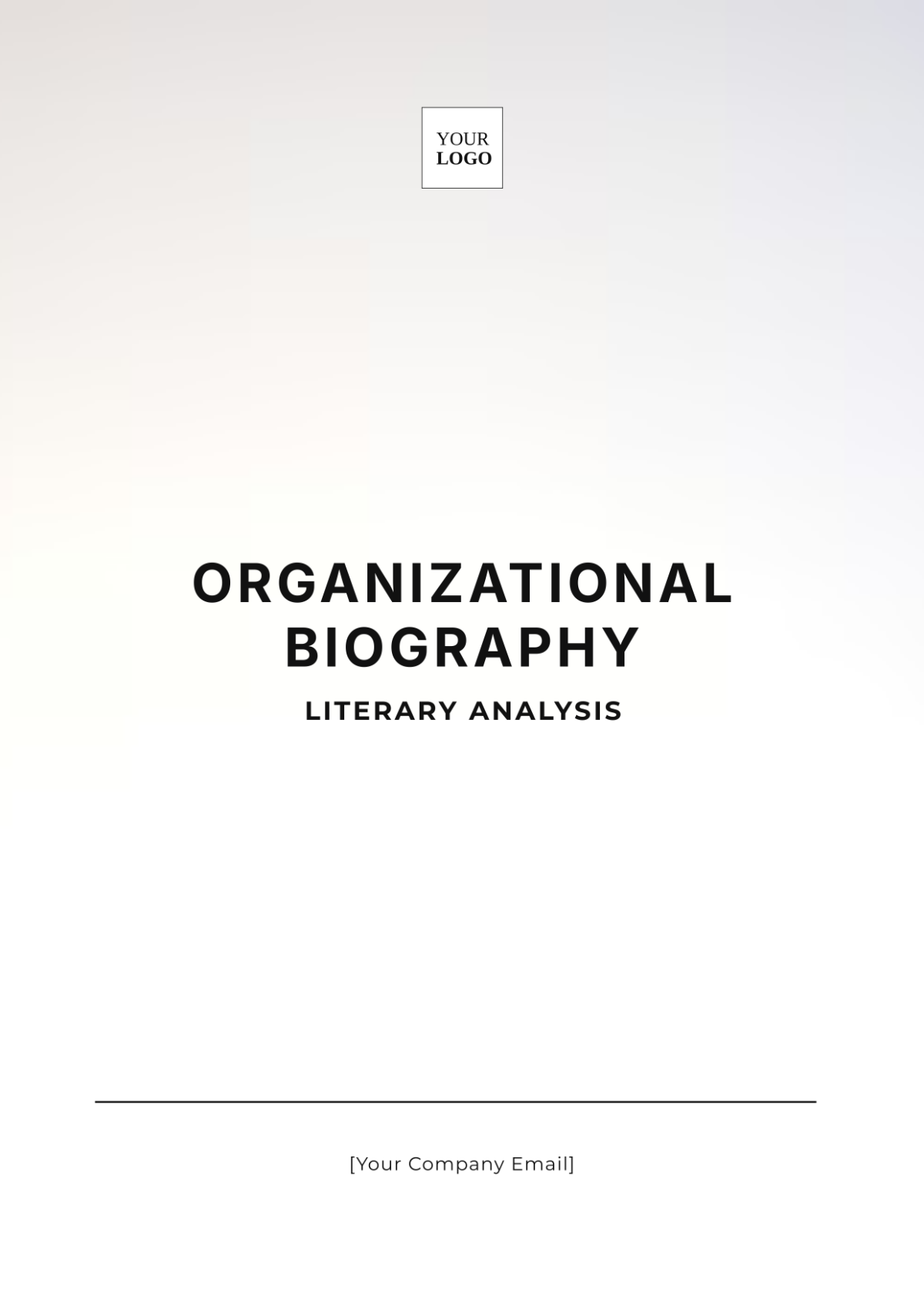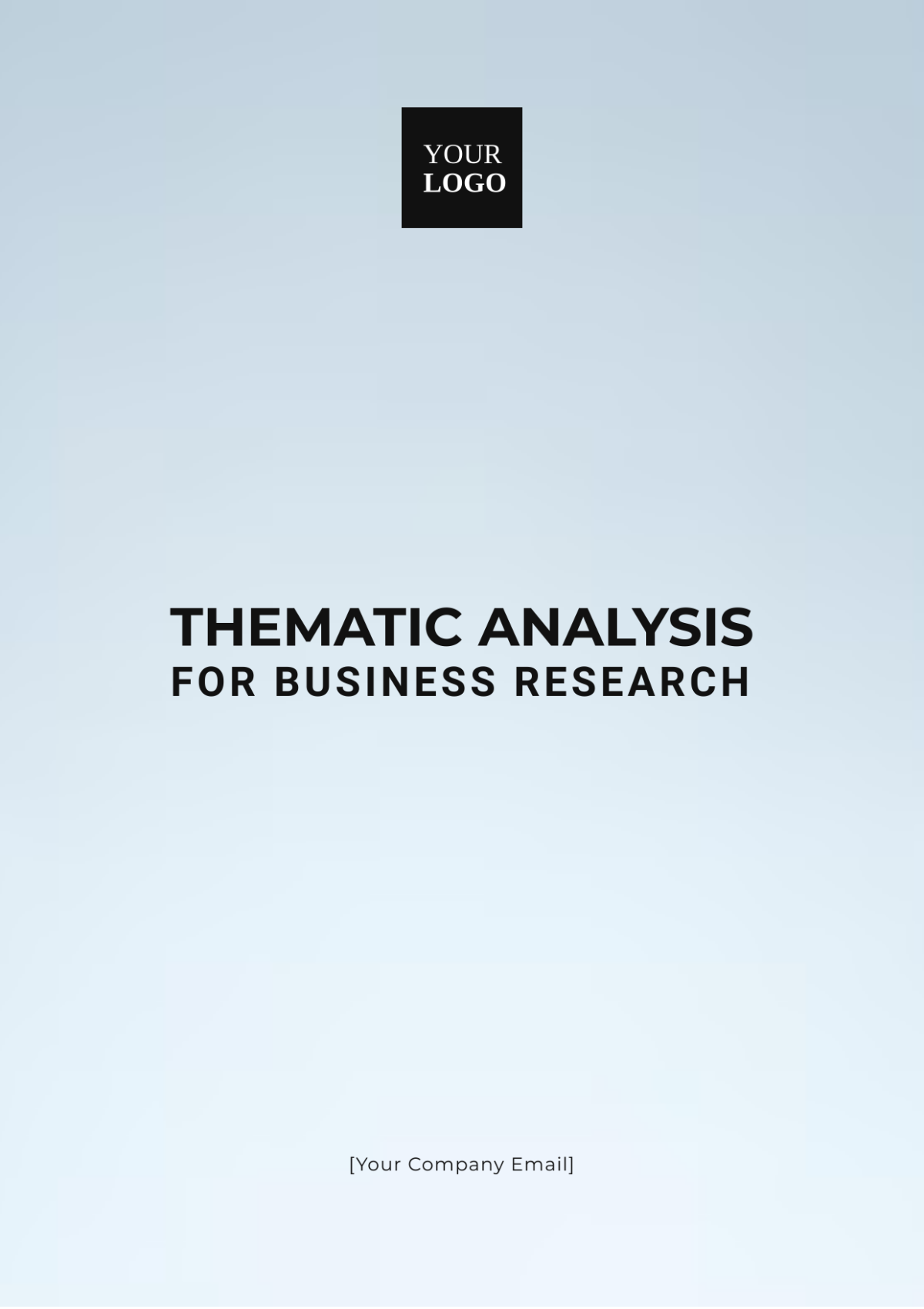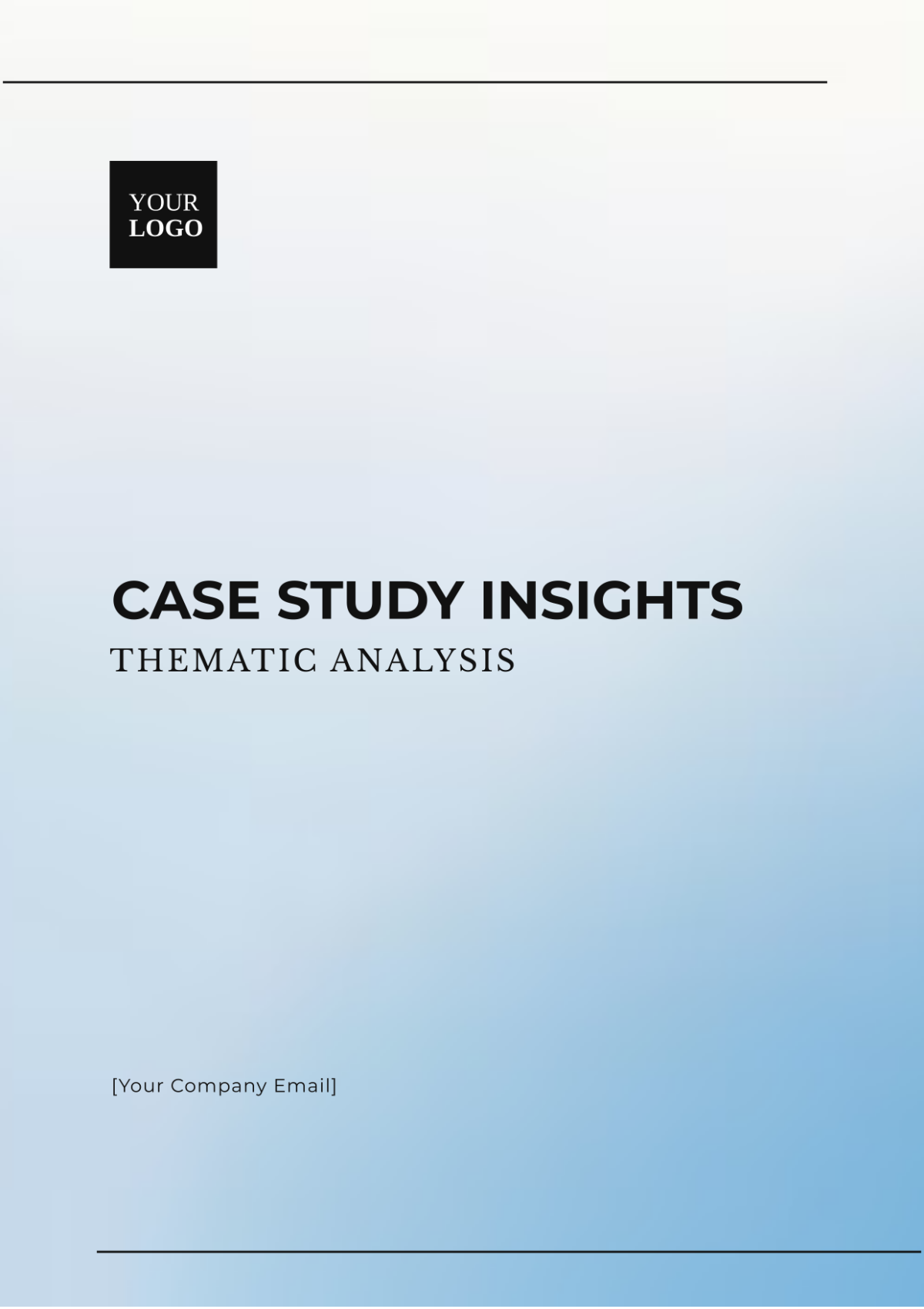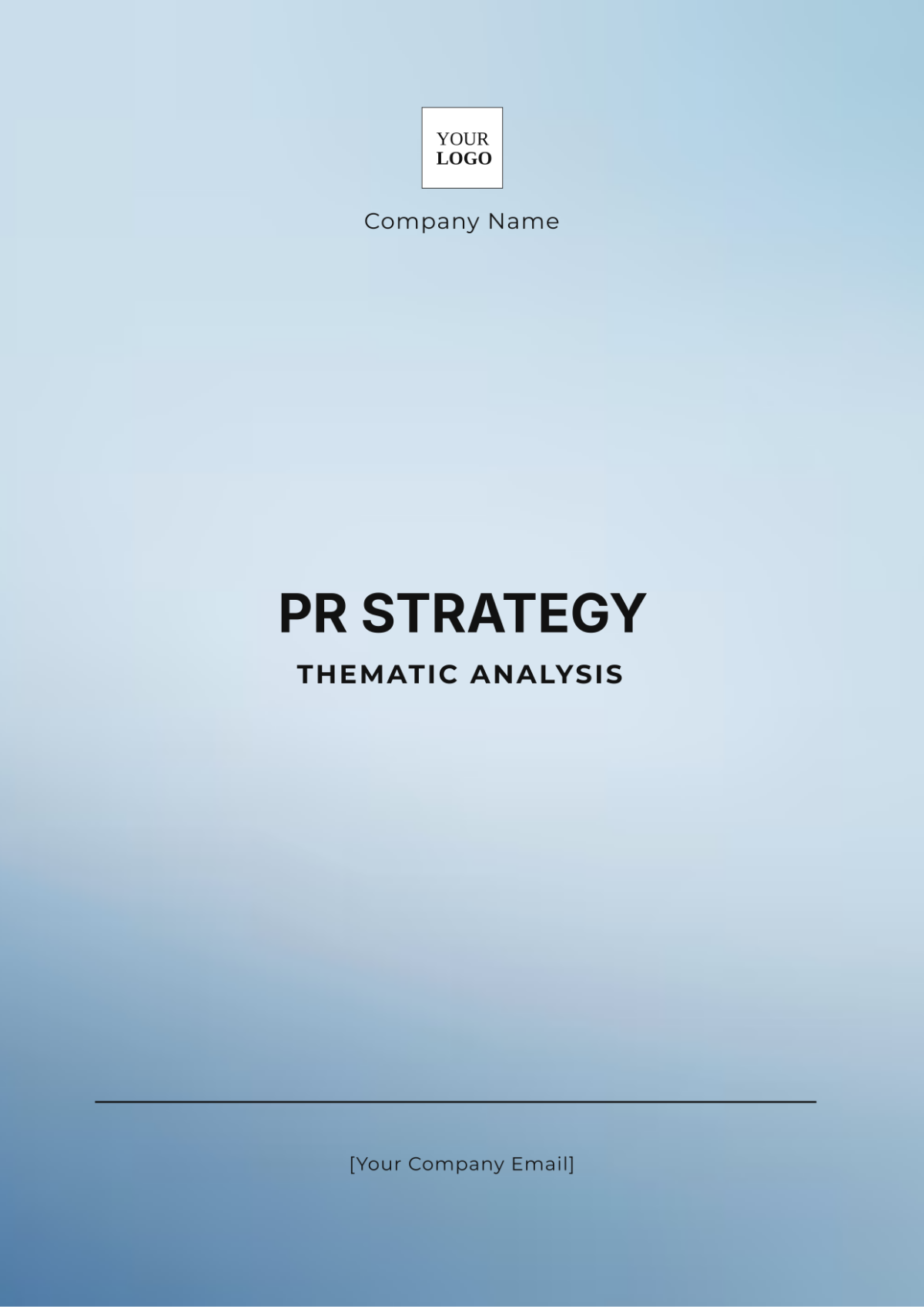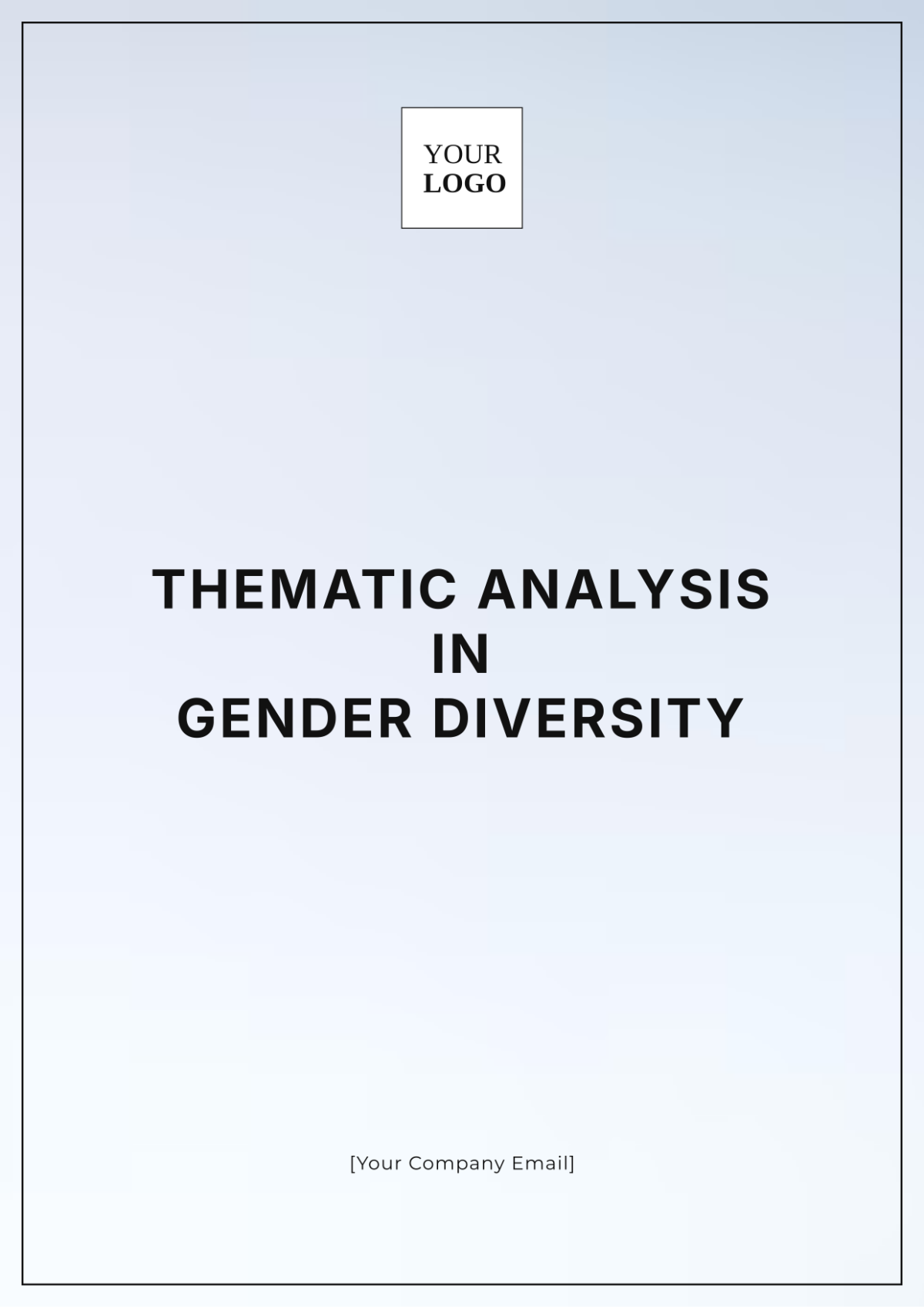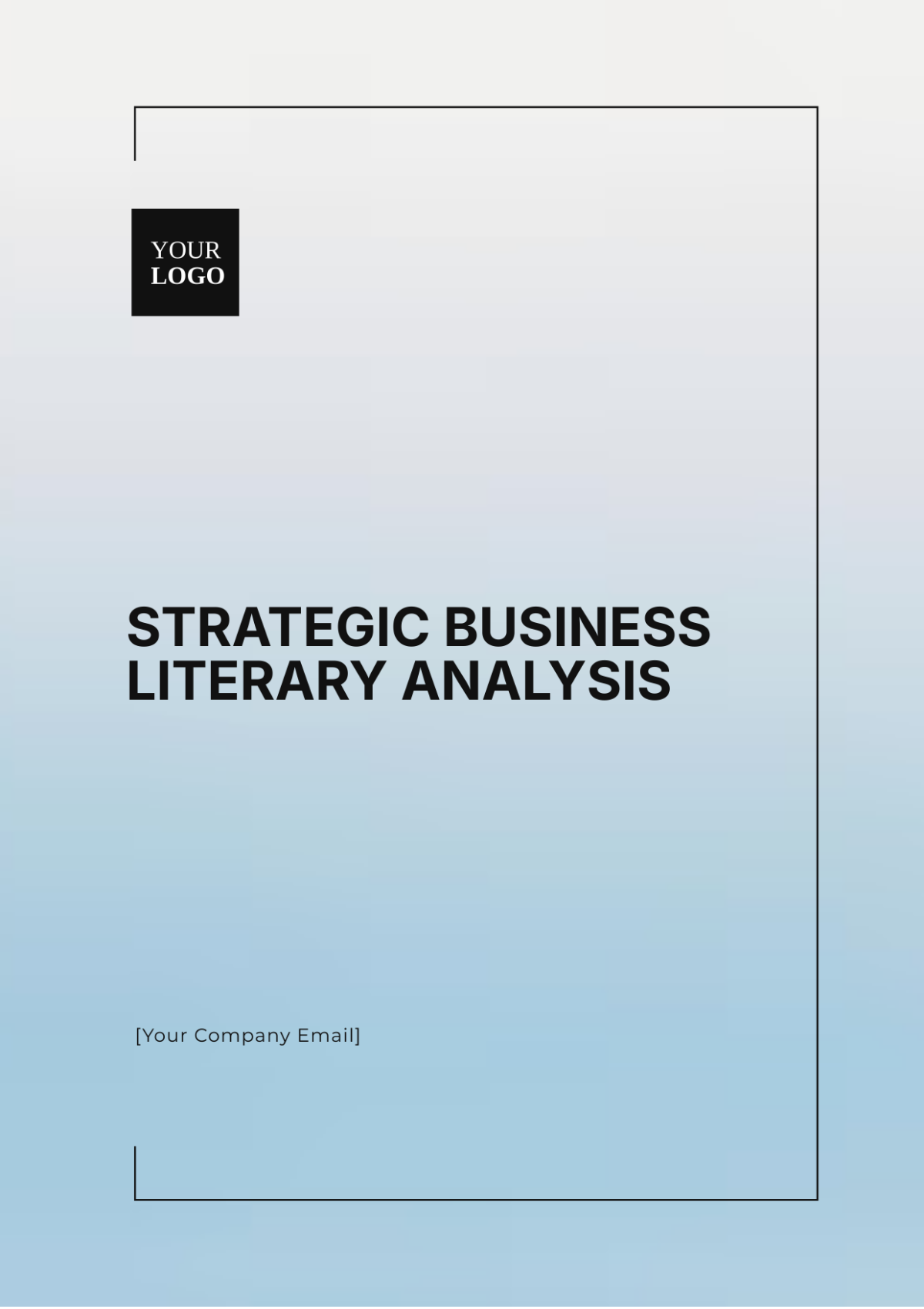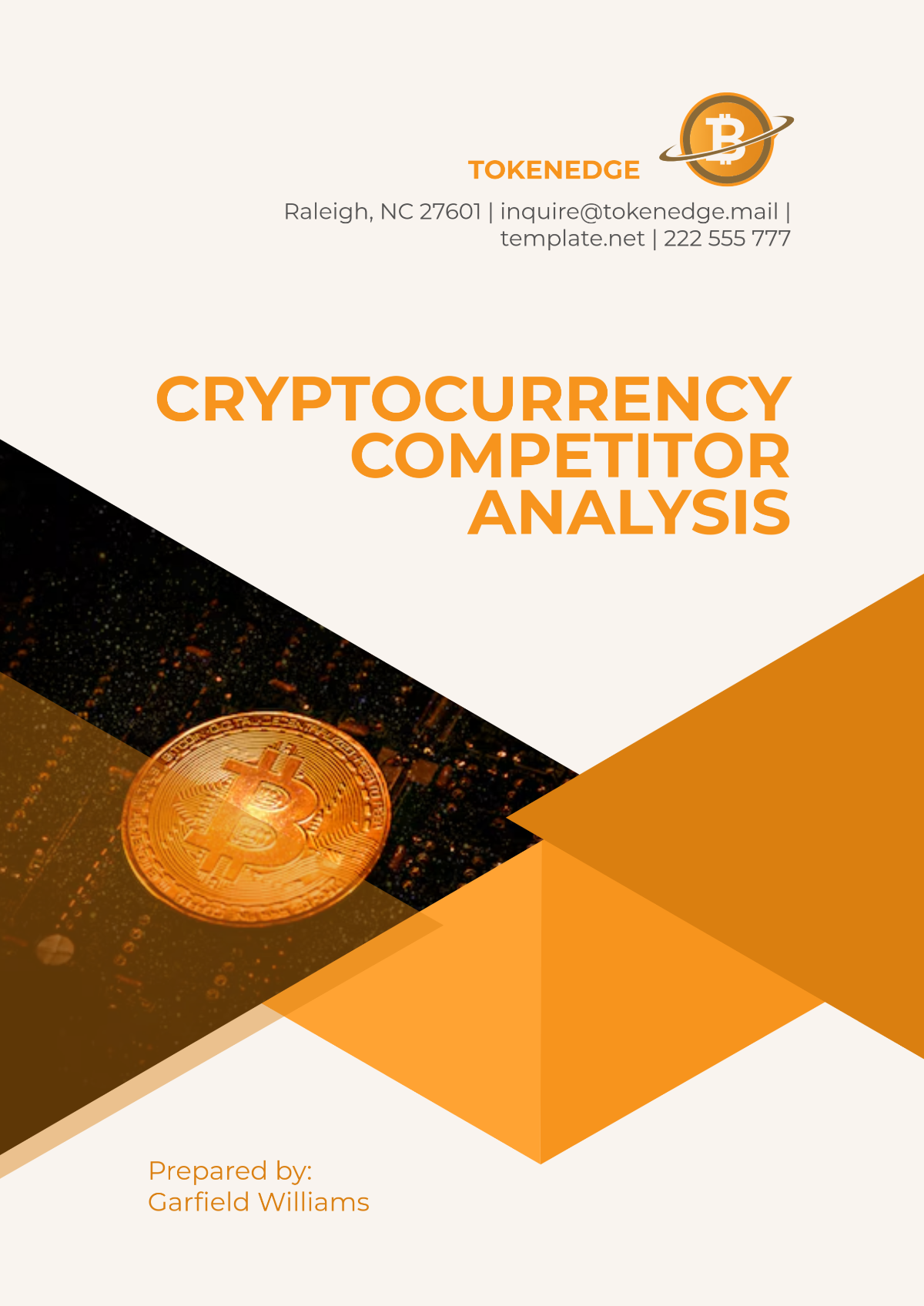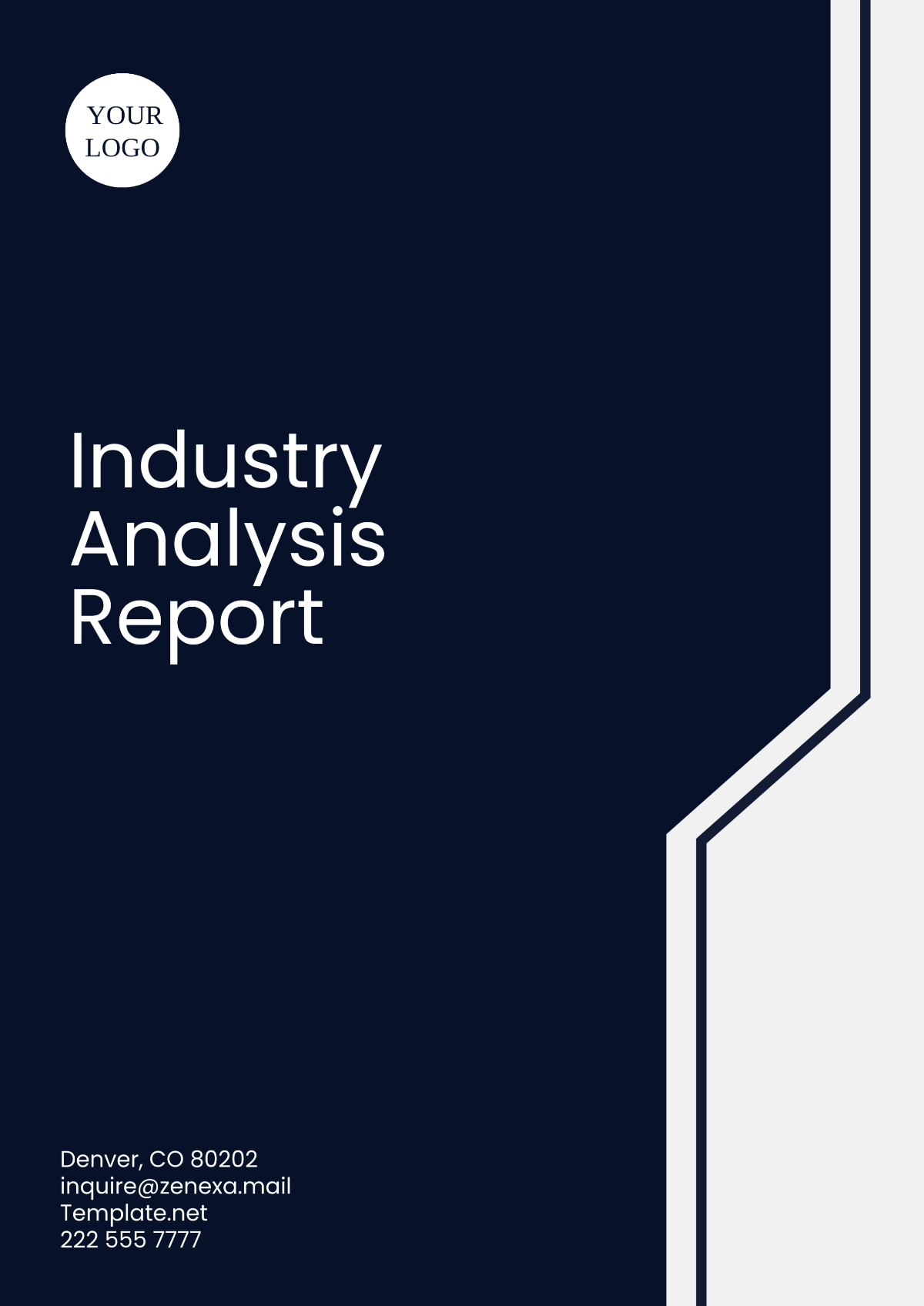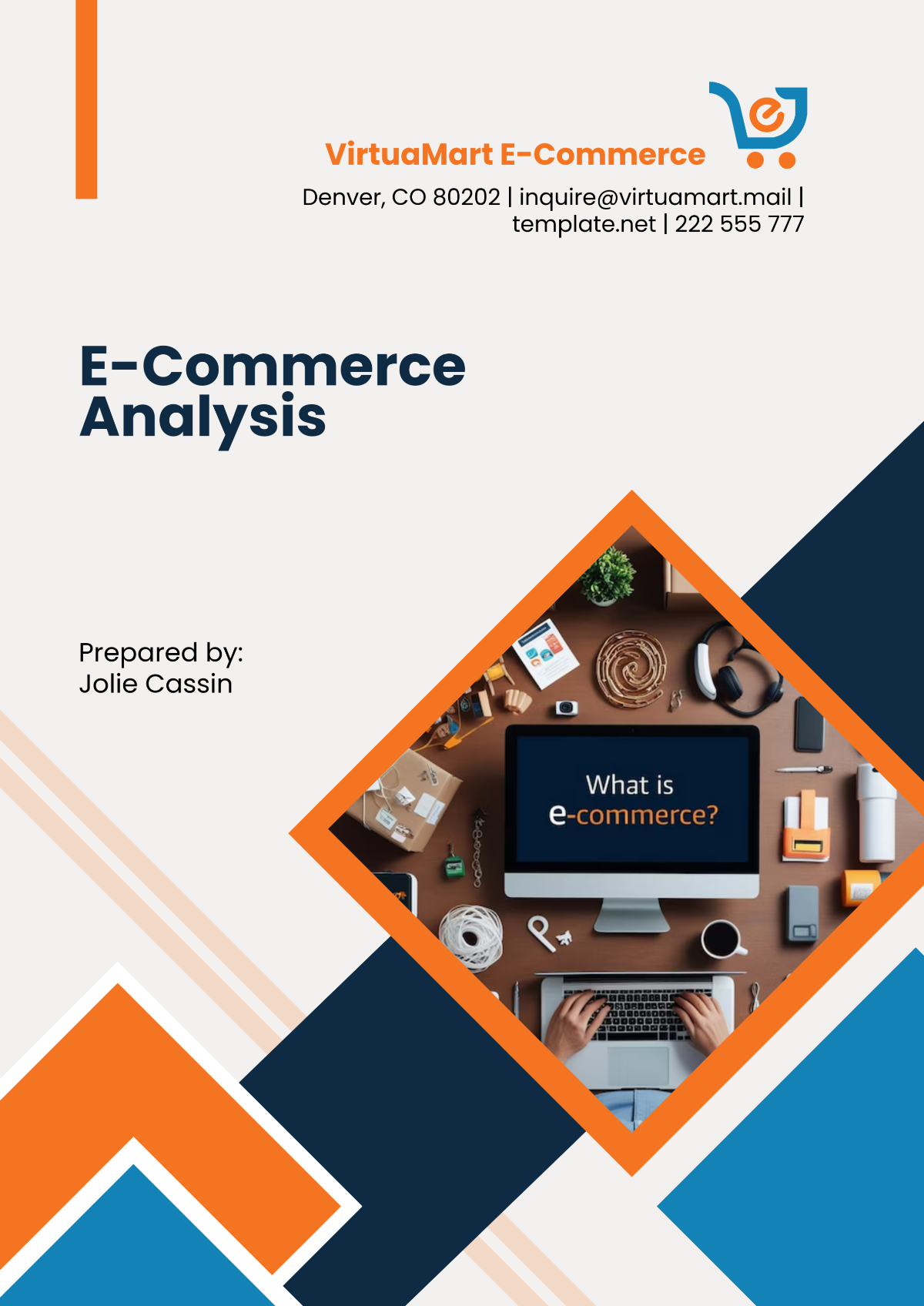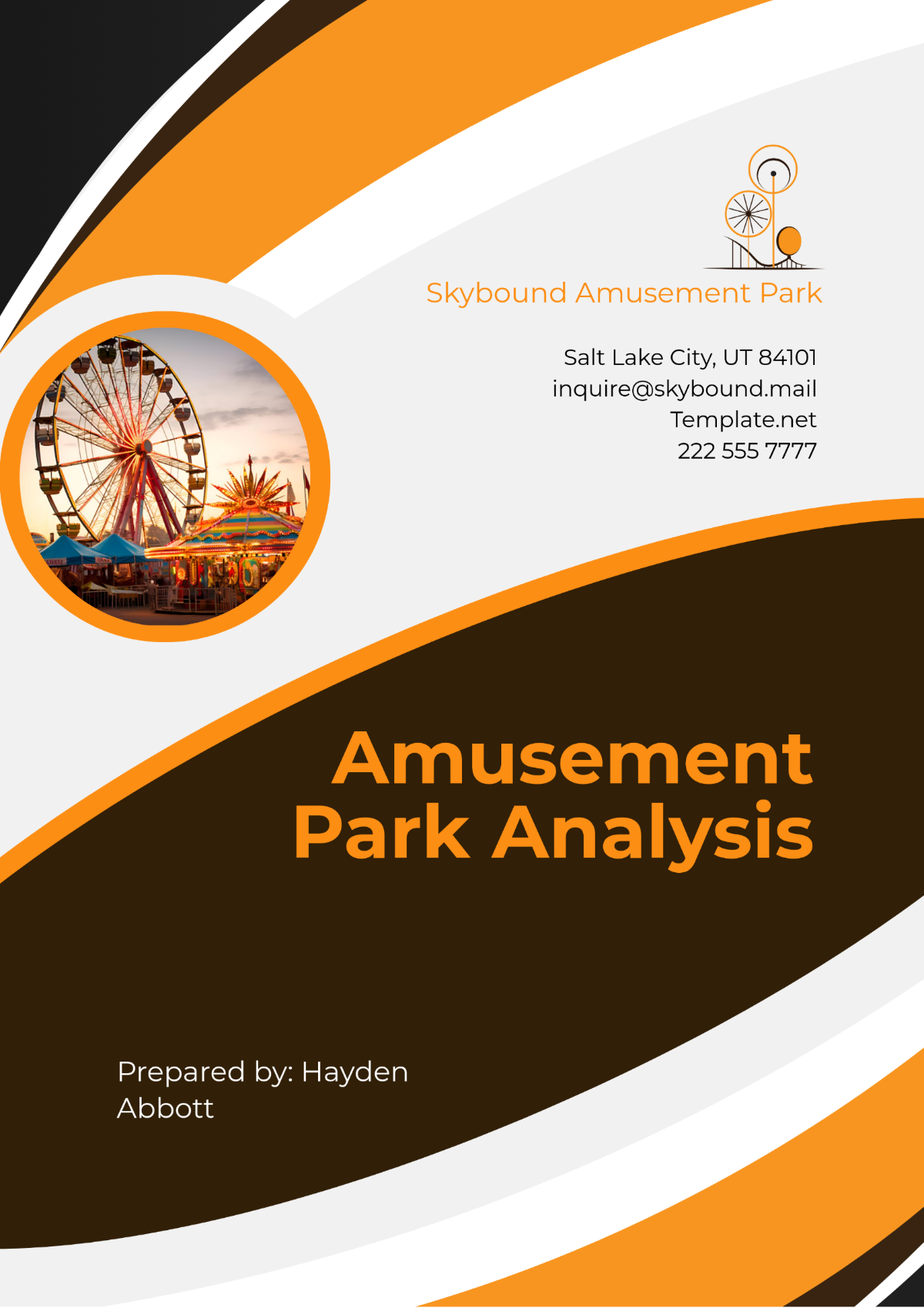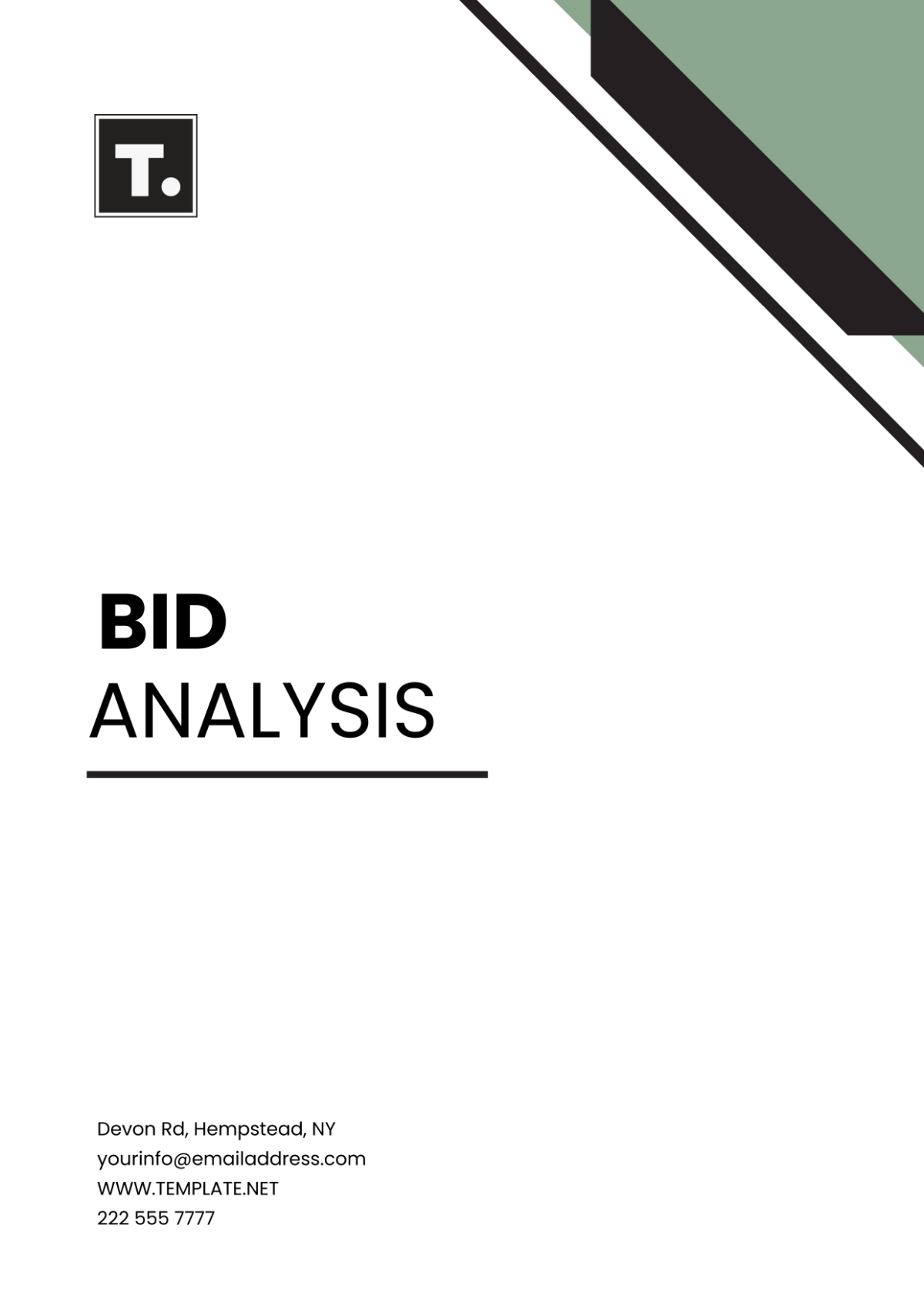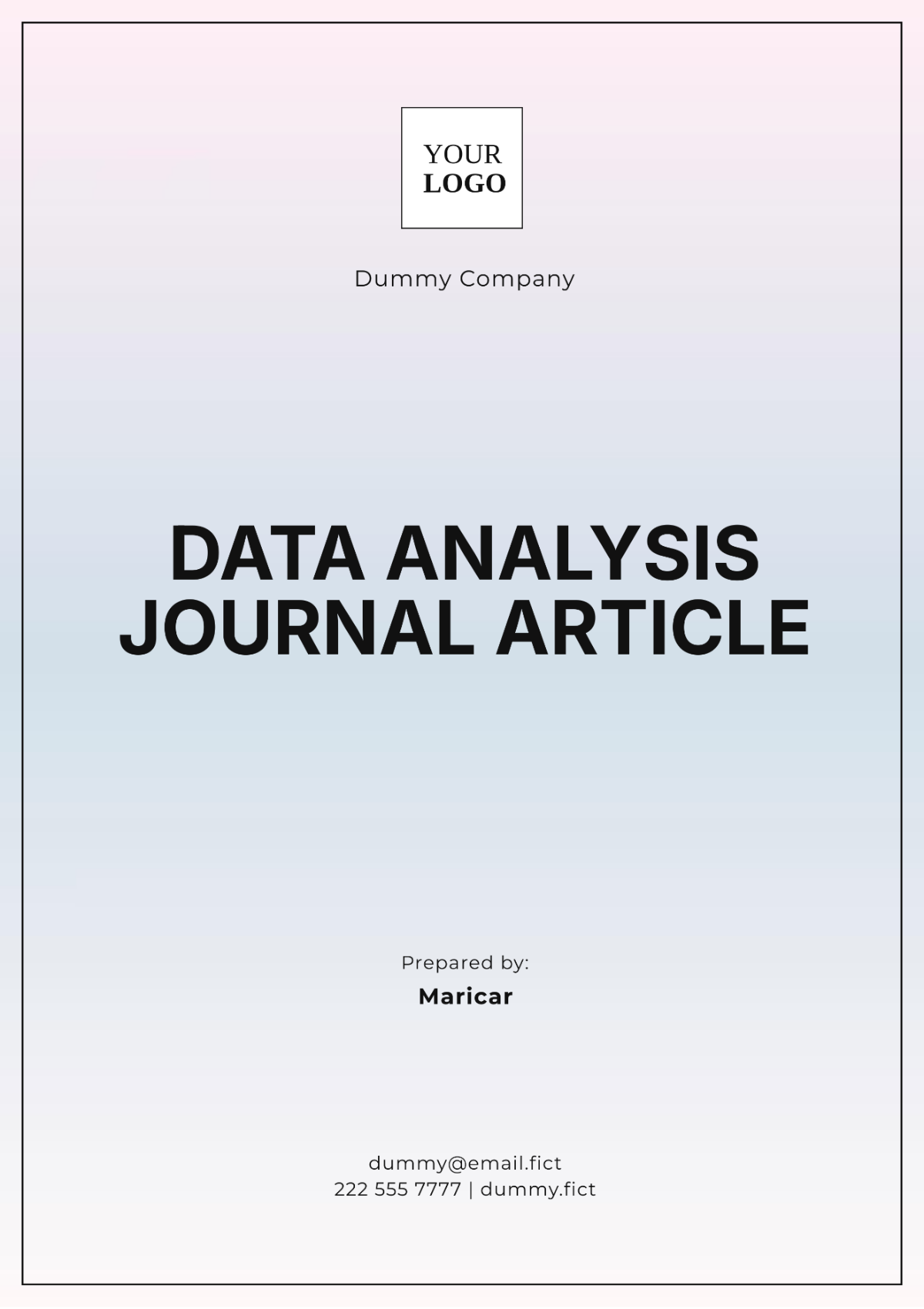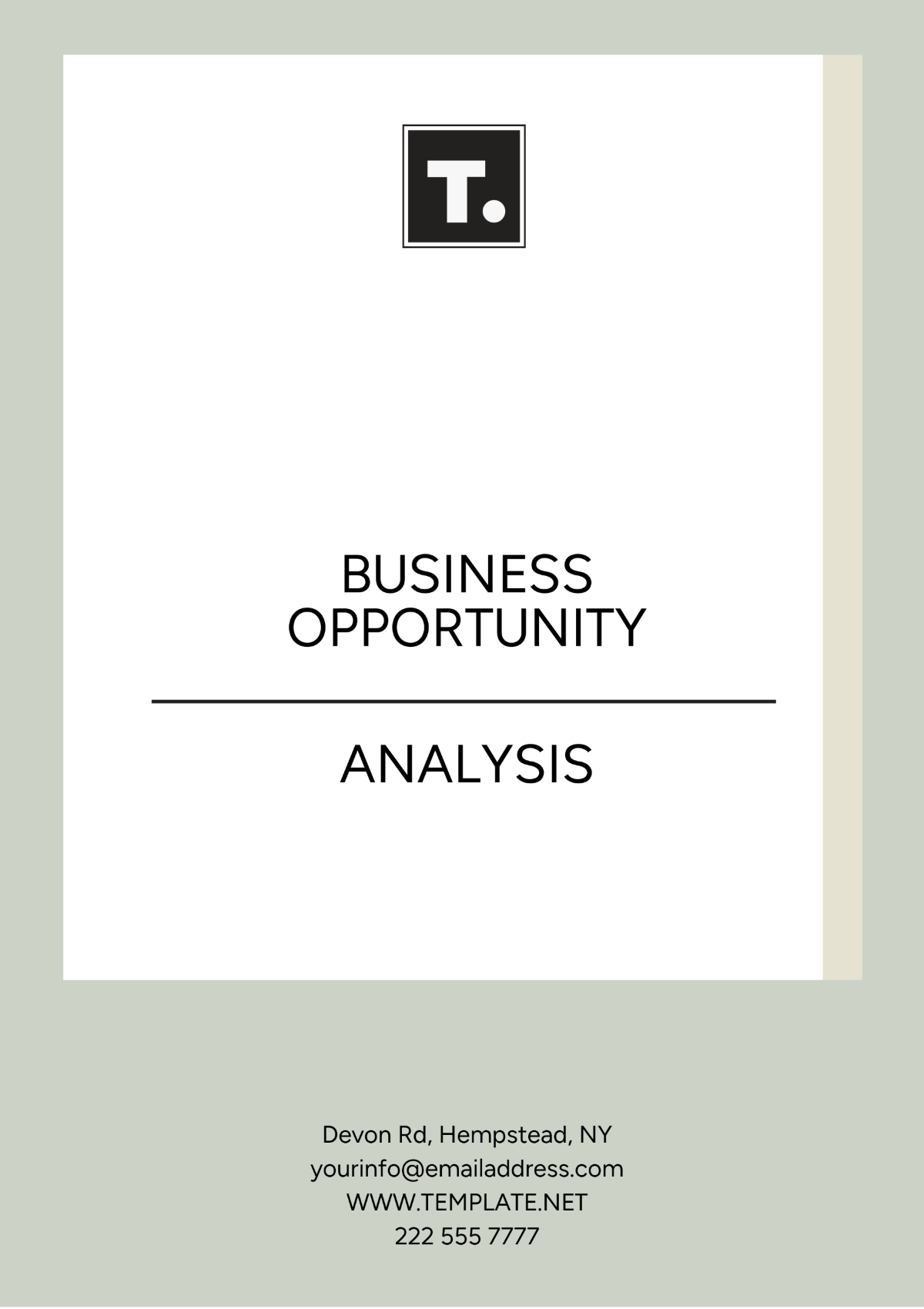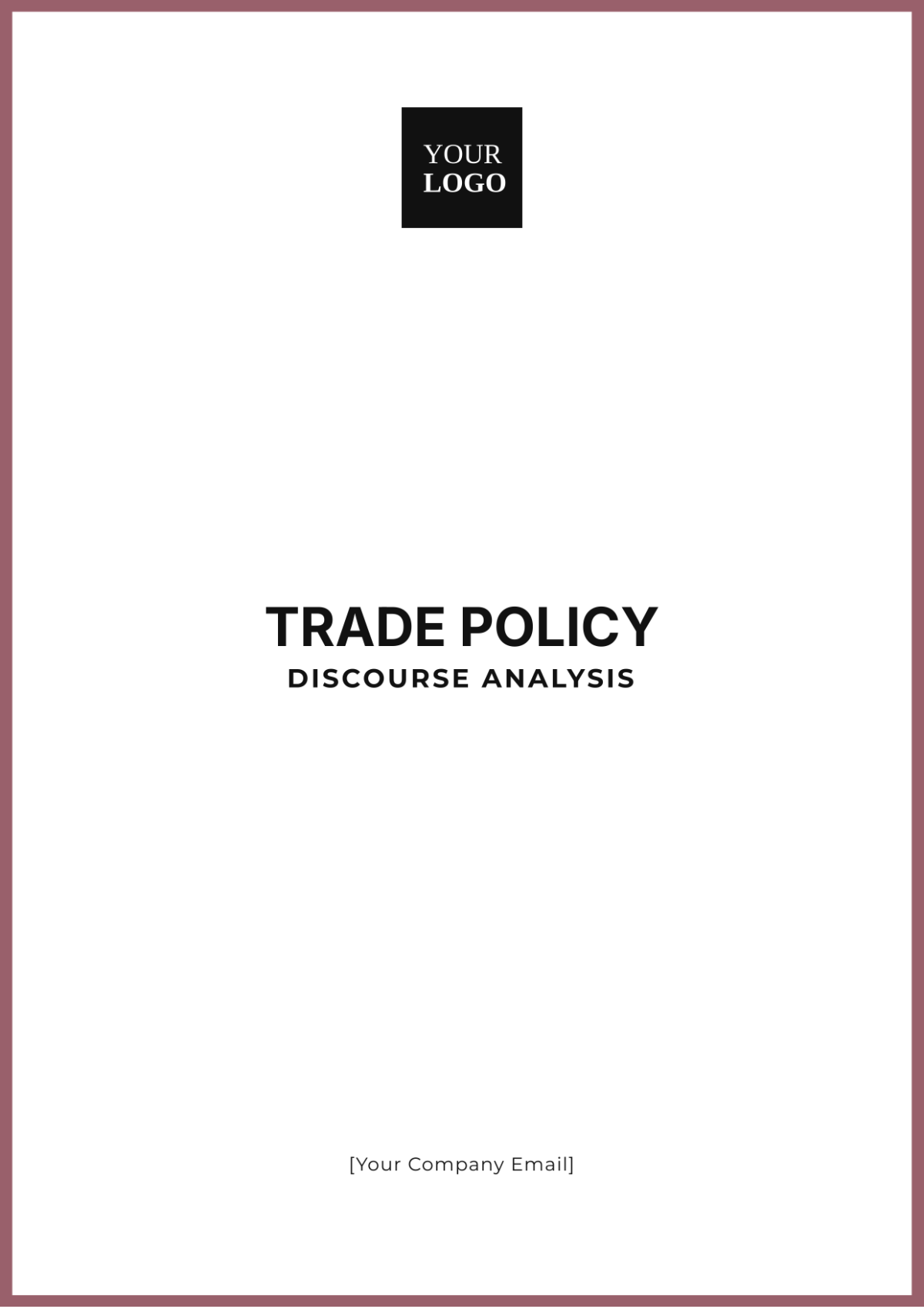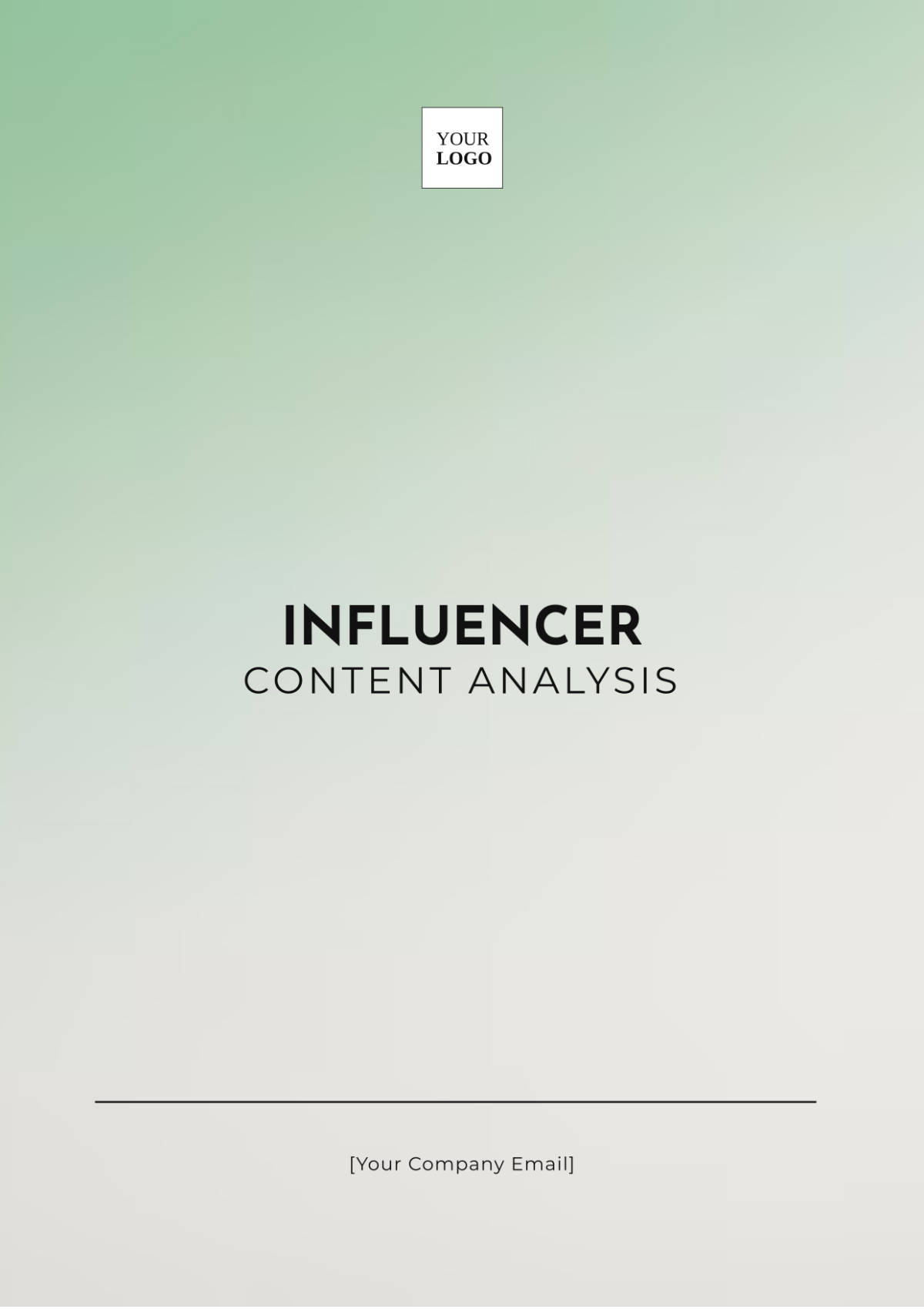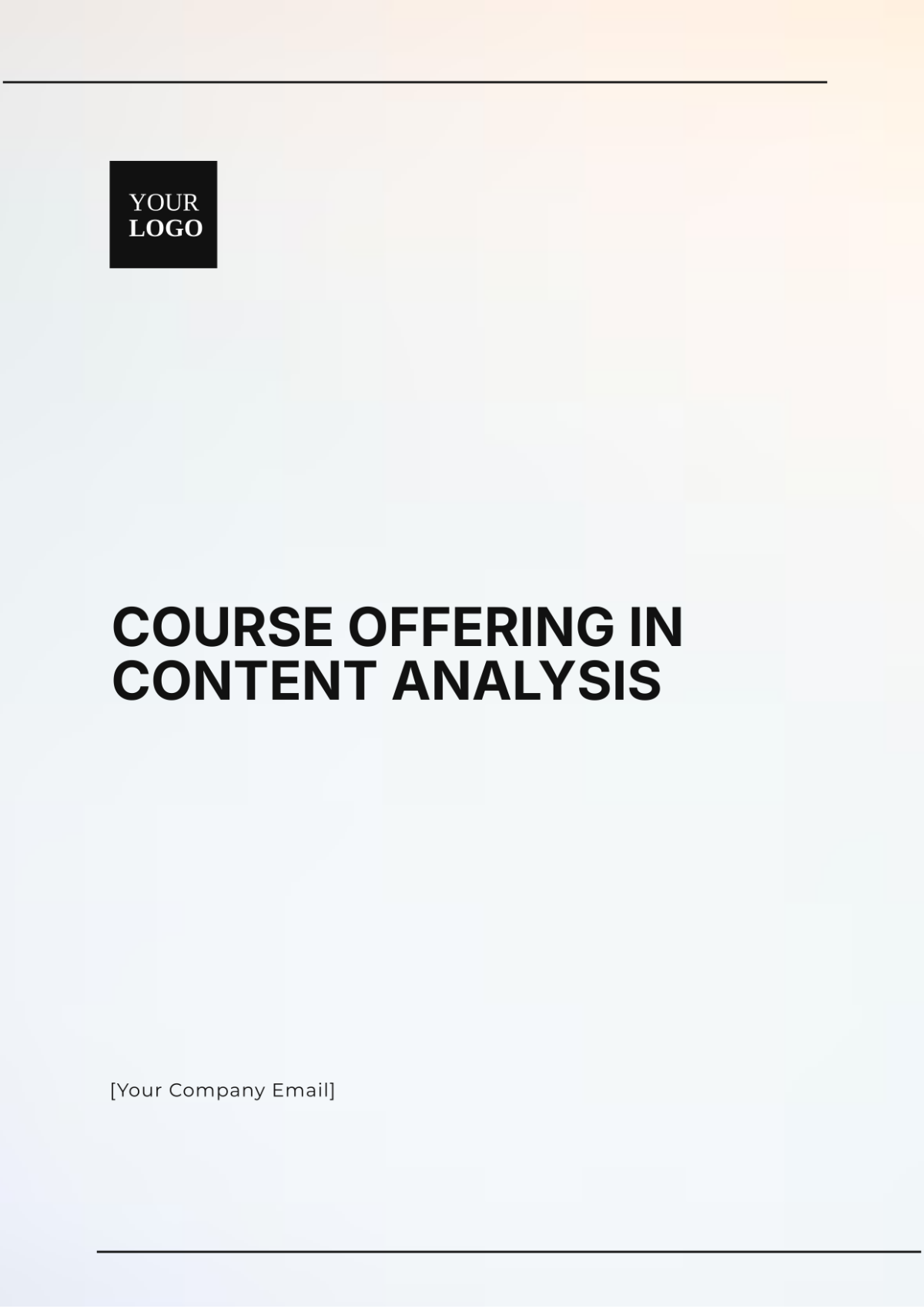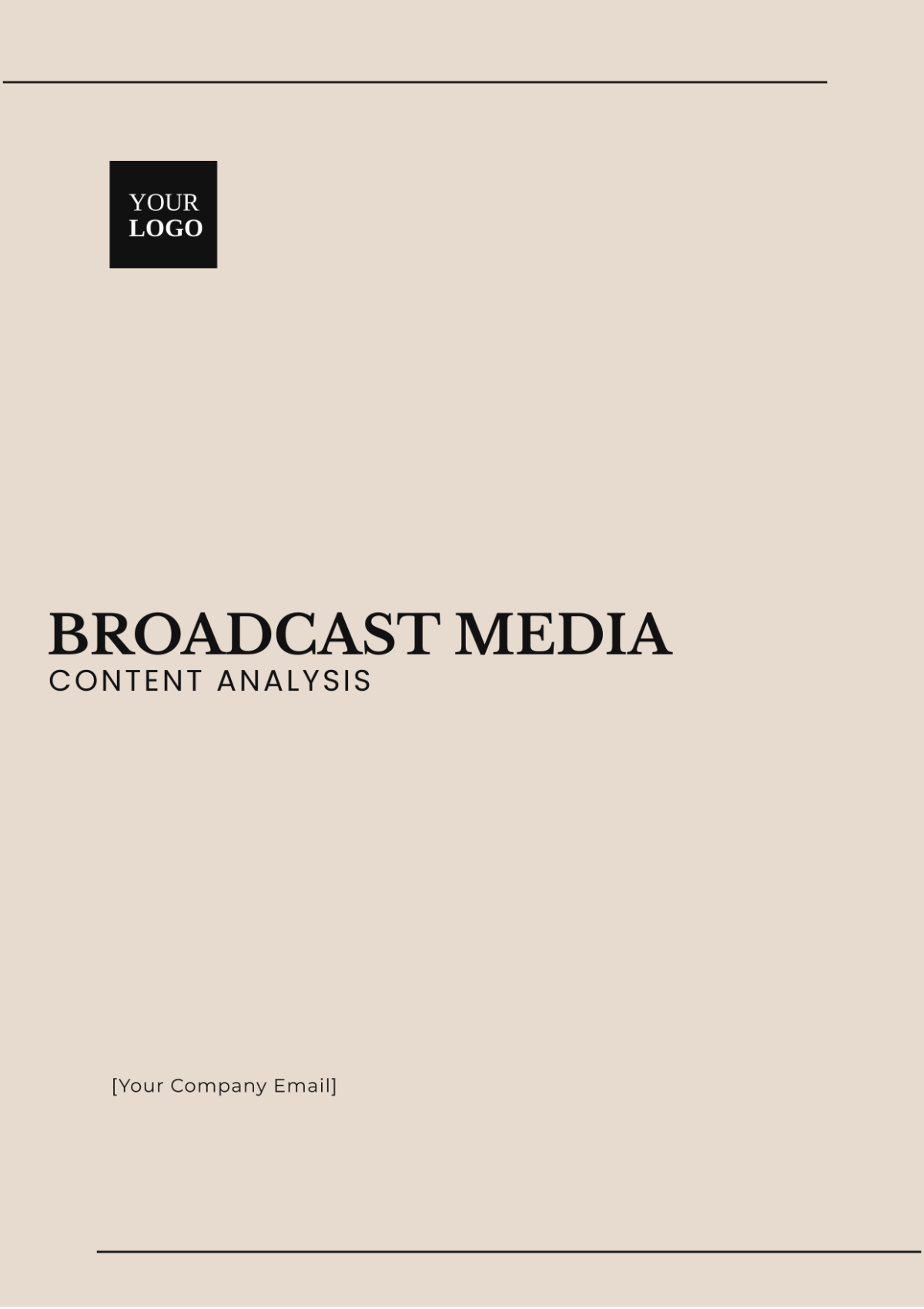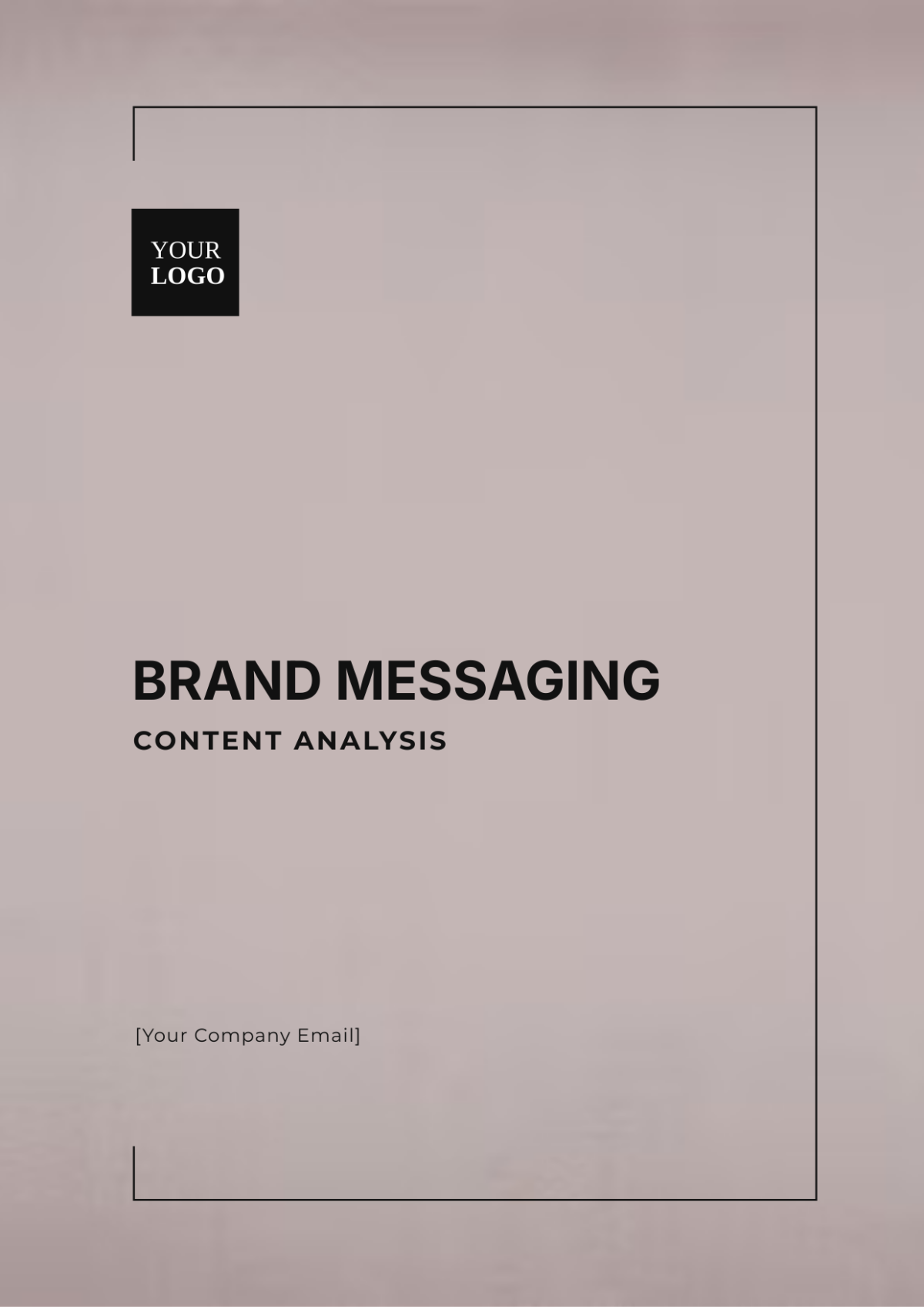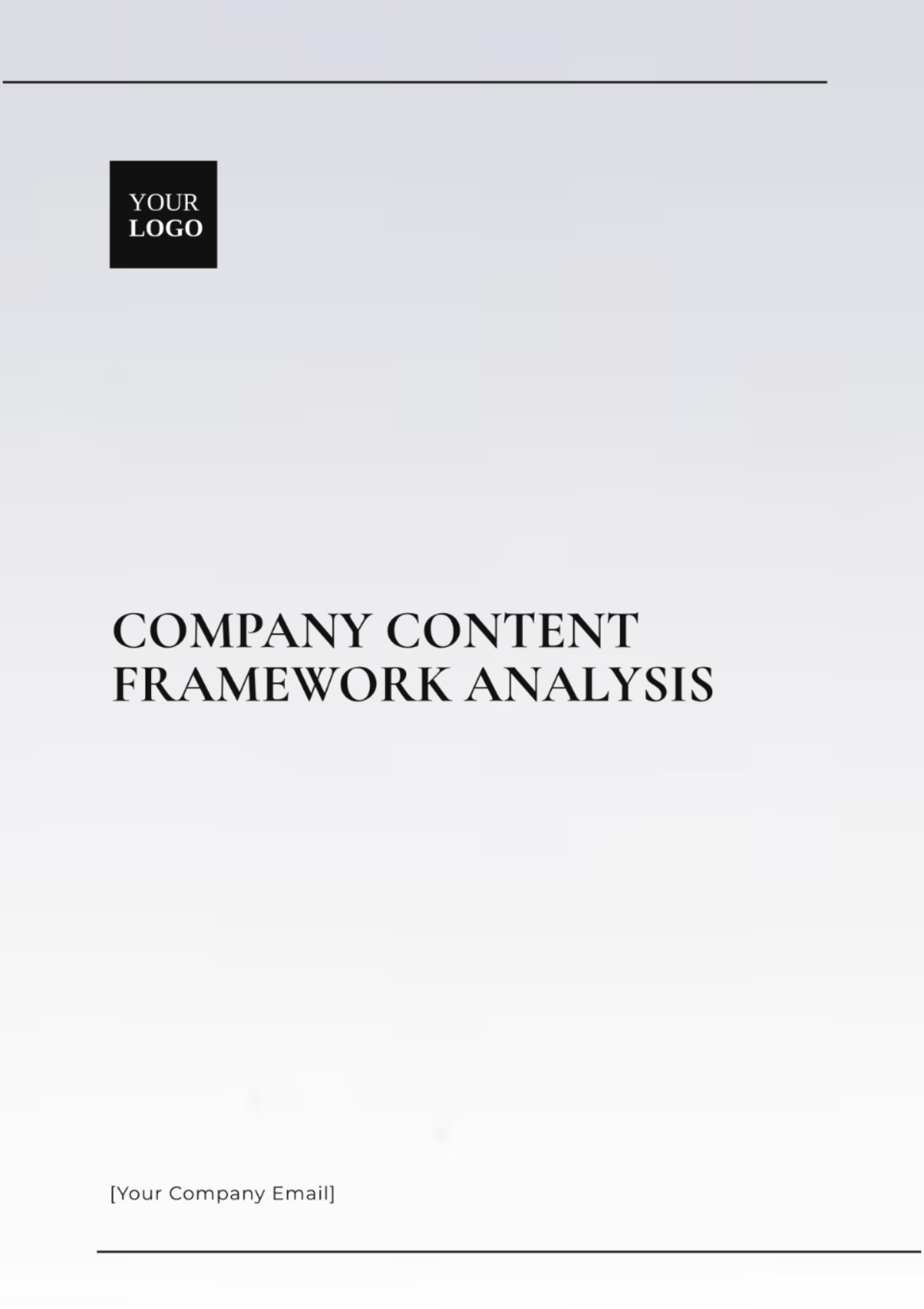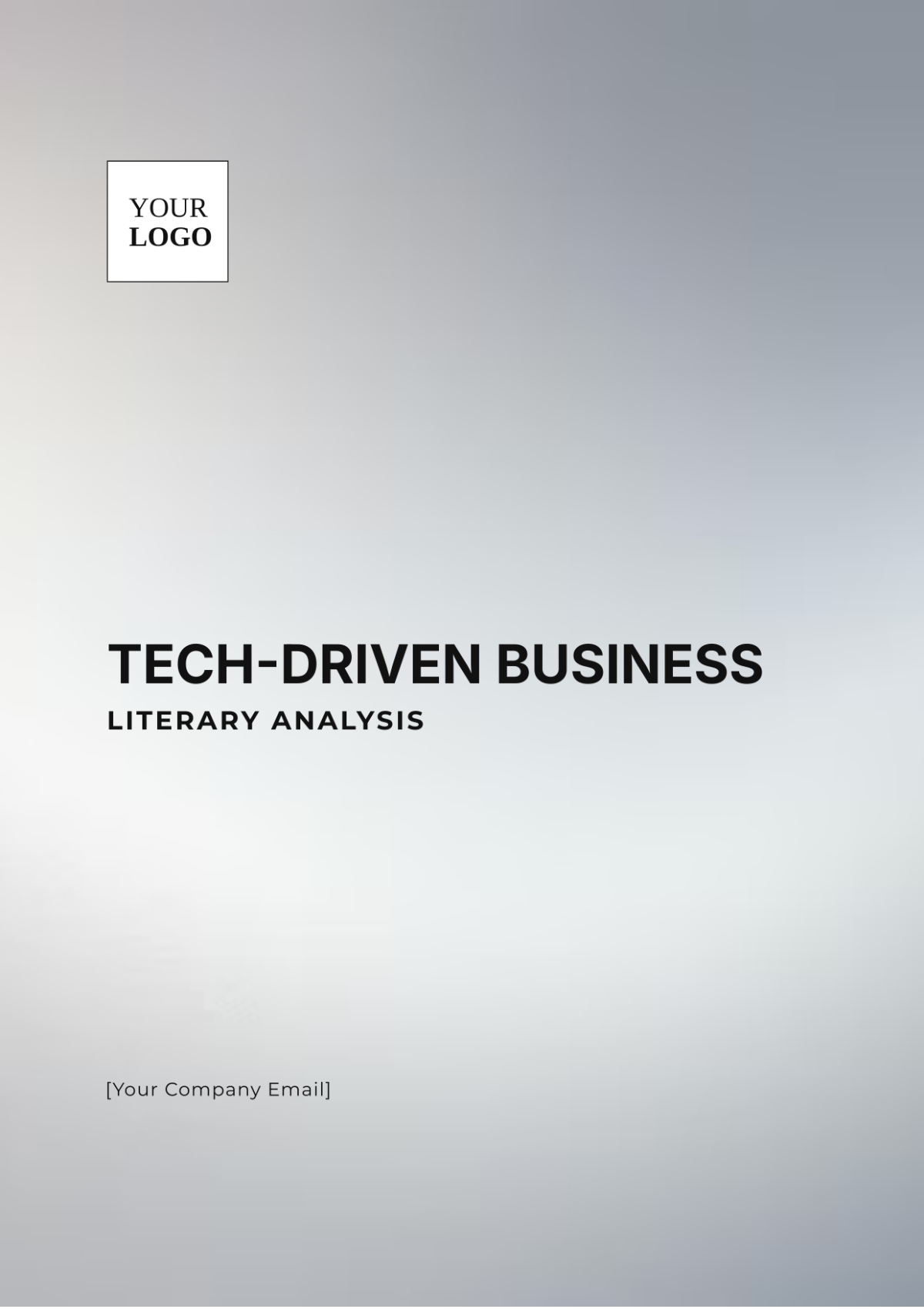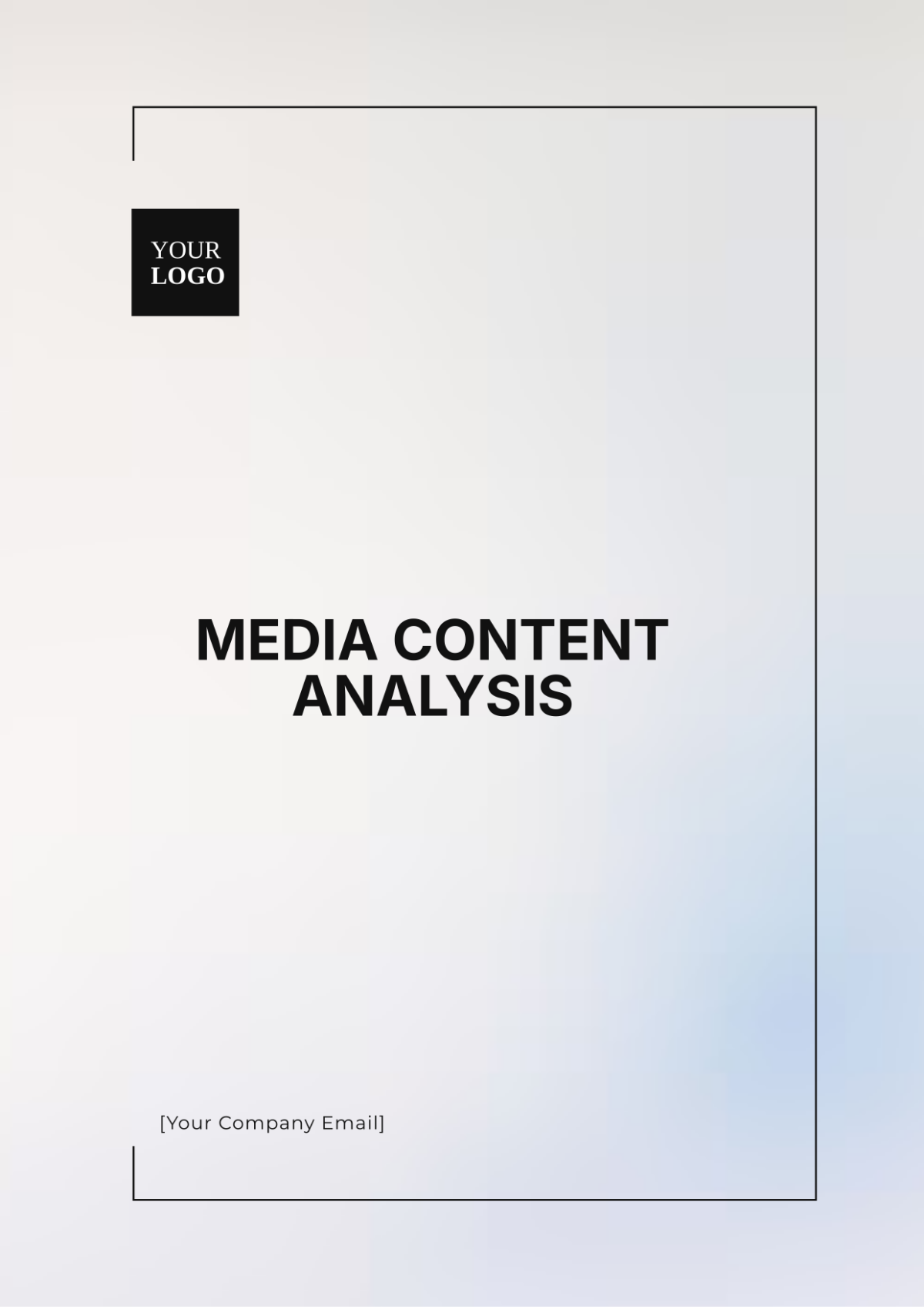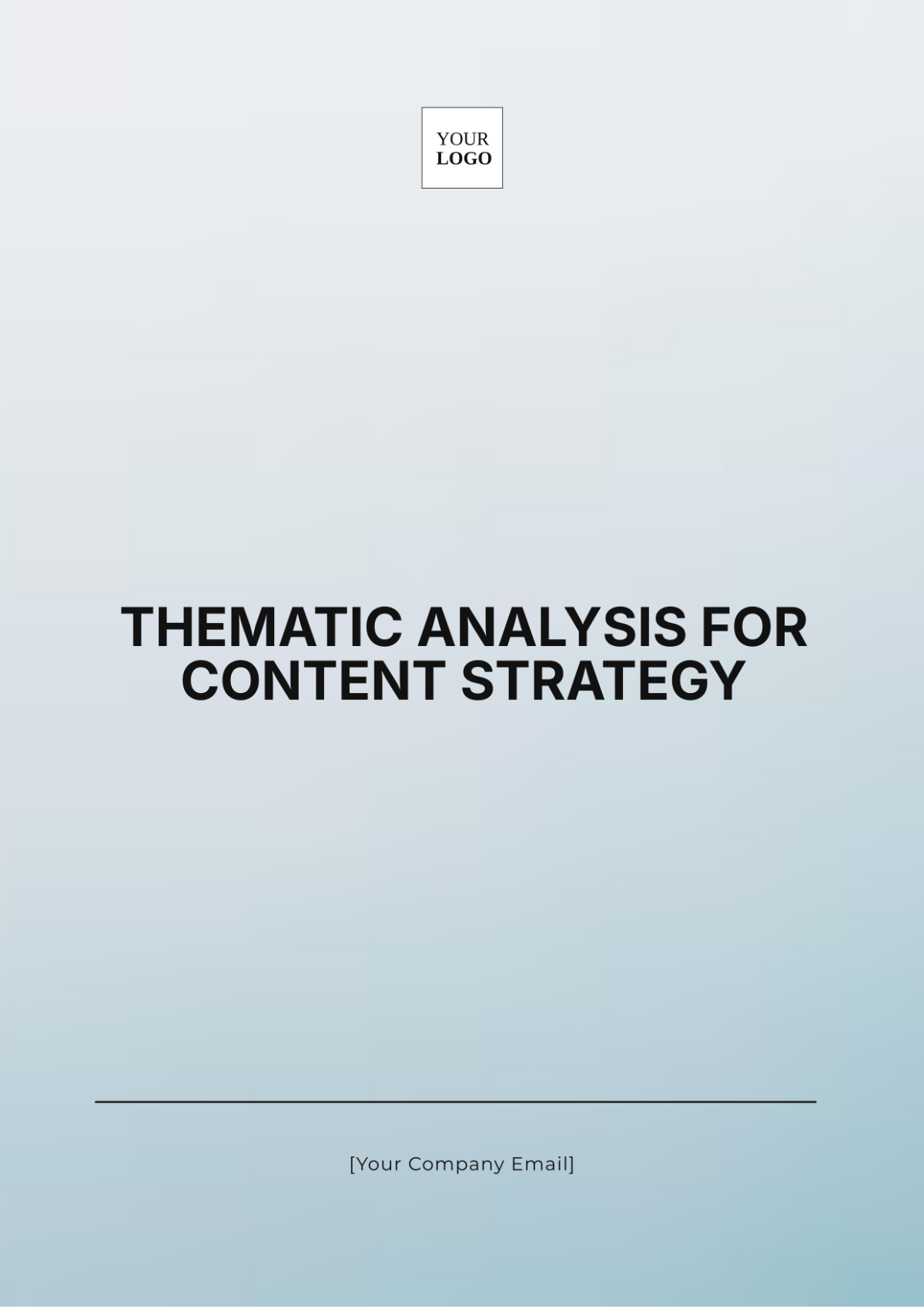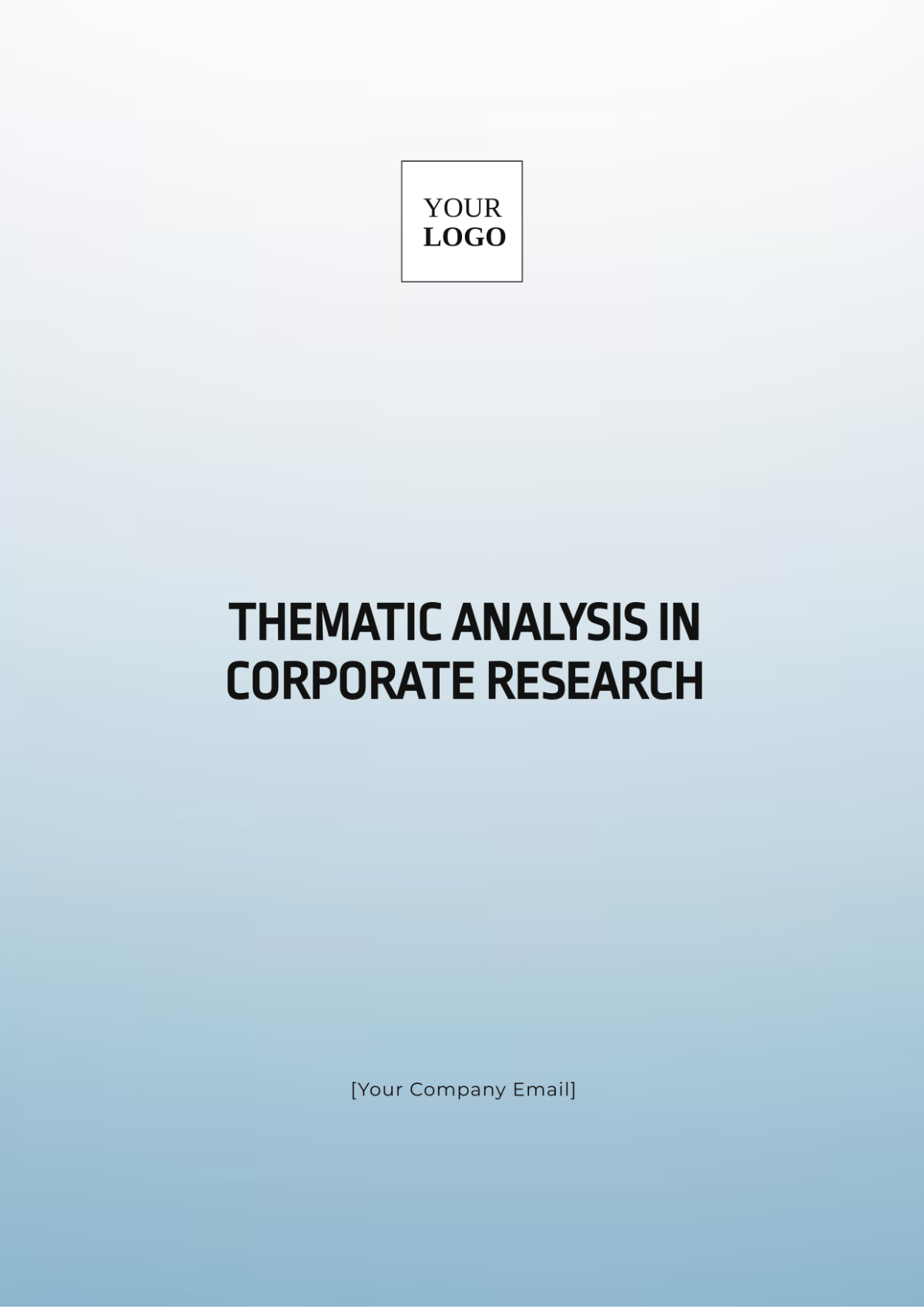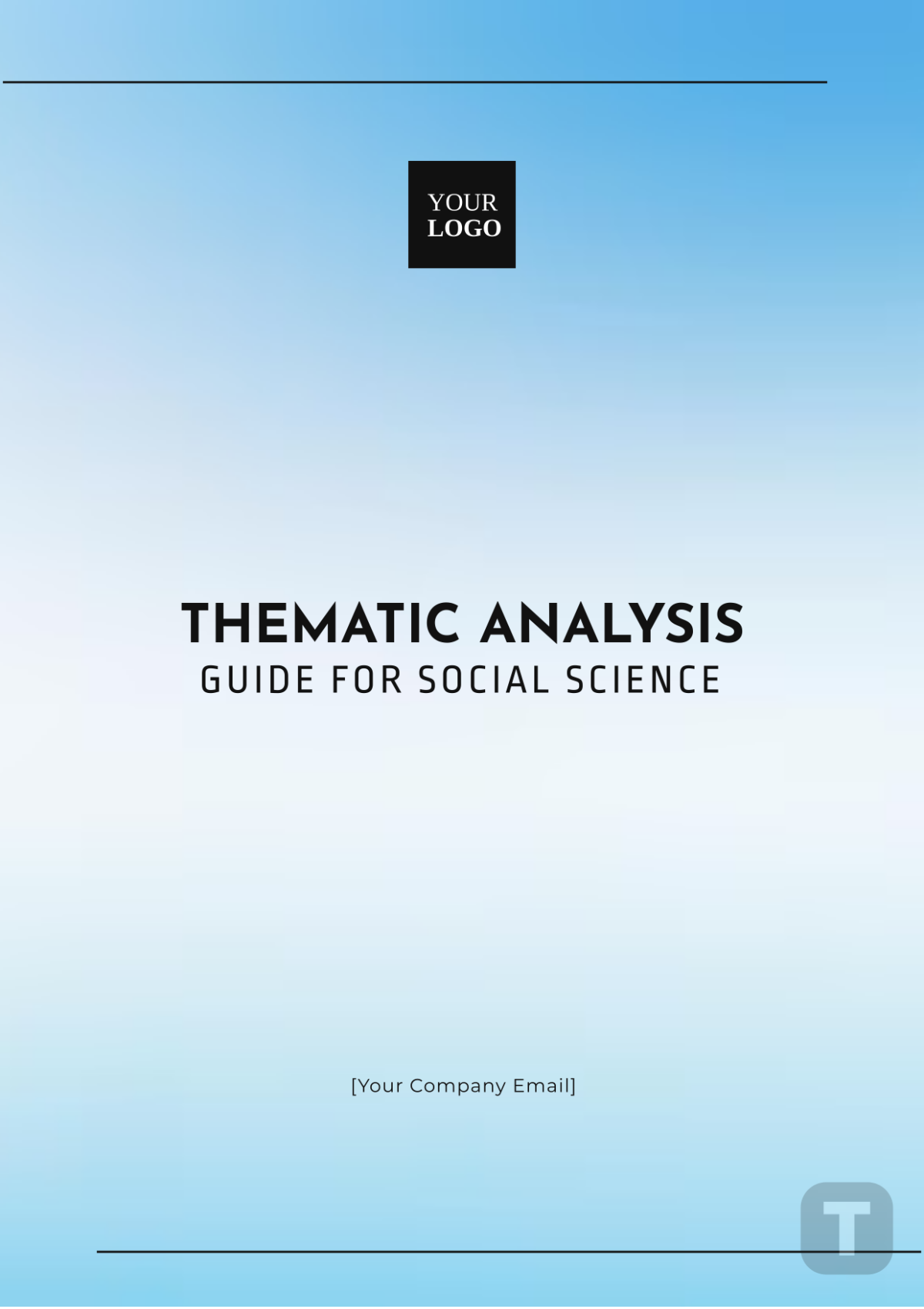Art Analysis
Prepared By: | [Your Name] |
Company: | [Your Company Name] |
Department: | [Your Department] |
I. Executive Summary
This section provides an overview of the key findings and insights derived from the analysis of the art market. The summary aims to give stakeholders a quick snapshot of the market’s current dynamics and future potential.
A. Market Trends
The art market is transforming due to changing consumer tastes and new technologies, such as digital platforms that facilitate online exhibitions and auctions. Additionally, there is an increasing appetite for art that embodies sustainability and activism.
B. Opportunities and Challenges
Despite its growth potential, the art market contends with economic uncertainties, geopolitical issues, and counterfeit art. Nevertheless, it holds opportunities to use technology for art authentication and expand into emerging markets with growing wealth and art appreciation.
II. Market Overview
This section delves into the composition and size of the art market, analyzing key segments and geographical distribution.
A. Market Size and Forecast
The global art market has experienced steady growth, with the total value reaching billions of dollars annually. Projections indicate continued expansion fueled by increasing art consumption in both traditional and emerging markets.
B. Market Segmentation
Traditional Fine Art: This segment encompasses classical paintings, drawings, and sculptures from renowned artists of various eras.
Contemporary Art: Reflecting modern societal themes and experimentation, contemporary art includes diverse mediums such as installations, performance art, and mixed media.
Photography: With advancements in digital photography, this segment has witnessed a surge in demand, encompassing fine art photography, photojournalism, and conceptual photography.
Sculpture: Ranging from traditional marble sculptures to avant-garde installations, sculpture remains a significant component of the art market.
Other Emerging Mediums: This category includes innovative mediums like digital art, virtual reality installations, and kinetic art, showcasing the evolving nature of artistic expression.
C. Geographic Analysis
The art market exhibits regional variations, with North America, Europe, and Asia-Pacific being key hubs. While established markets like New York and London maintain dominance, emerging markets in China, India, and the Middle East are experiencing rapid growth, fueled by increasing wealth and cultural investment.
III. Competitive Landscape
An analysis of the competitive nature of the art market, including major players and their strategies, market shares, and business models.
A. Key Players
Major auction houses like Sotheby's and Christie's dominate the premium art market, using their expansive networks and expertise. Galleries and art fairs are vital for promoting new artists, facilitating sales, showcasing diverse art, and enabling networking.
B. Market Share Analysis
Online platforms such as Artsy and Saatchi Art are transforming the art market, providing a digital space for transactions and expanding access beyond traditional auction houses.
IV. Consumer Insights
Detailed analysis of consumer demographics, preferences, and buying behavior to understand the target audience better.
A. Demographic Breakdown
Consumer preferences in art differ by age, with younger generations favoring modern and digital forms, and older ones preferring traditional art. Wealthy collectors significantly invest in renowned artworks for pleasure and investment diversity.
B. Buying Patterns
Consumers increasingly seek unique and personalized artworks that resonate with their tastes and values. Moreover, the rise of art as an investment has led to a growing interest in art finance and fractional ownership, allowing collectors to diversify their portfolios while supporting emerging artists.
V. Key Factors Influencing Purchasing Decisions
Analysis of factors that influence consumer decisions such as price, authenticity, artist reputation, and art medium.
Key factors including the artwork's origin, the artist's reputation, and aesthetic appeal significantly influence buyers, who value authenticity and thorough validation. Additionally, potential investment returns and emotional connections to art, especially pieces with historical or cultural importance, also guide purchasing decisions.
VI. Conclusion and Recommendations
Final thoughts and strategic recommendations based on the analysis to help stakeholders navigate the art market effectively.
A. Strategic Actions
Stakeholders should adopt technological solutions to improve transparency and authentication, boosting buyer trust. Collaborations between traditional institutions and digital platforms can expand audience reach and market opportunities. Additionally, investing in education and outreach can sustain the art market by cultivating future enthusiasts and collectors.
B. Future Outlook
The art market is set for ongoing growth and innovation, fueled by changing consumer tastes and technological progress. Stakeholders need to adjust to shifts and adopt digital advances to stay competitive in a dynamic global scene. Through data analytics and flexible business strategies, they can predict trends and seize new opportunities, promoting a thriving and sustainable art industry for the future.
